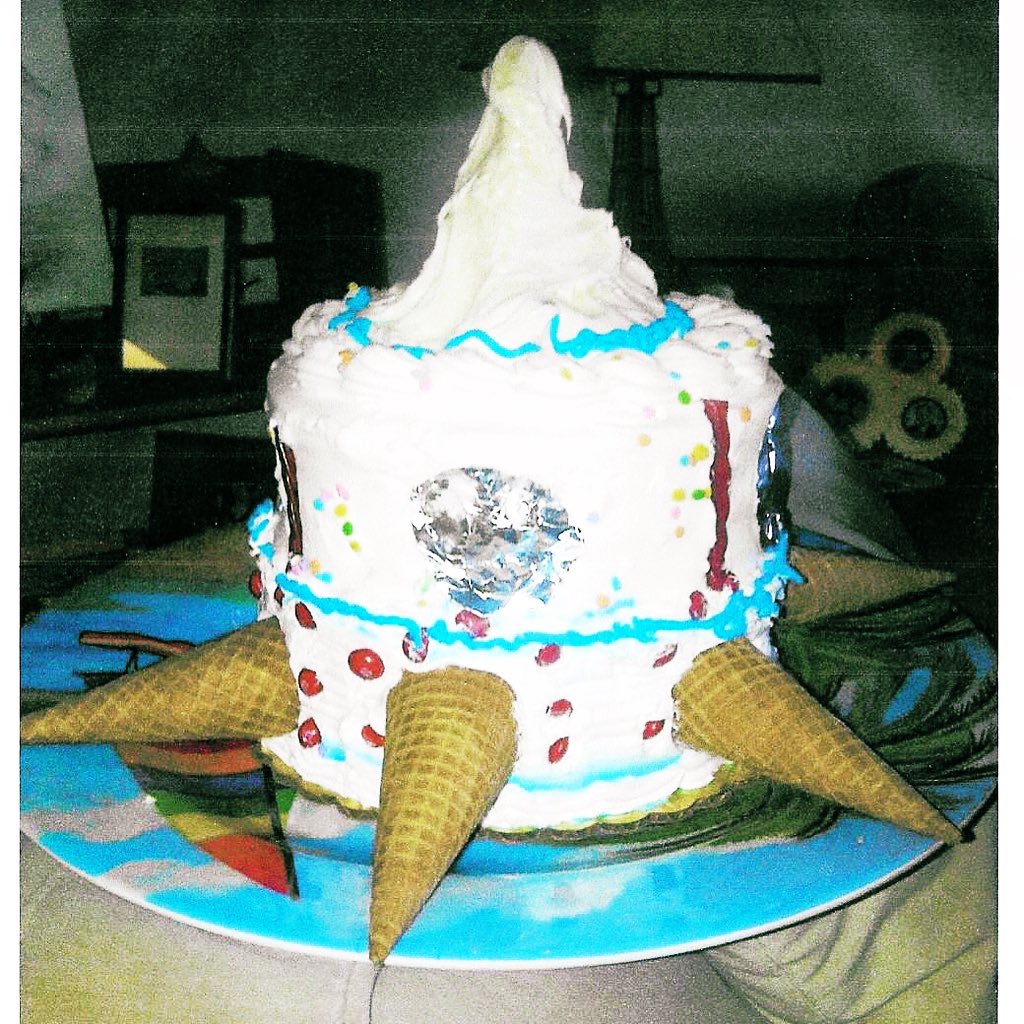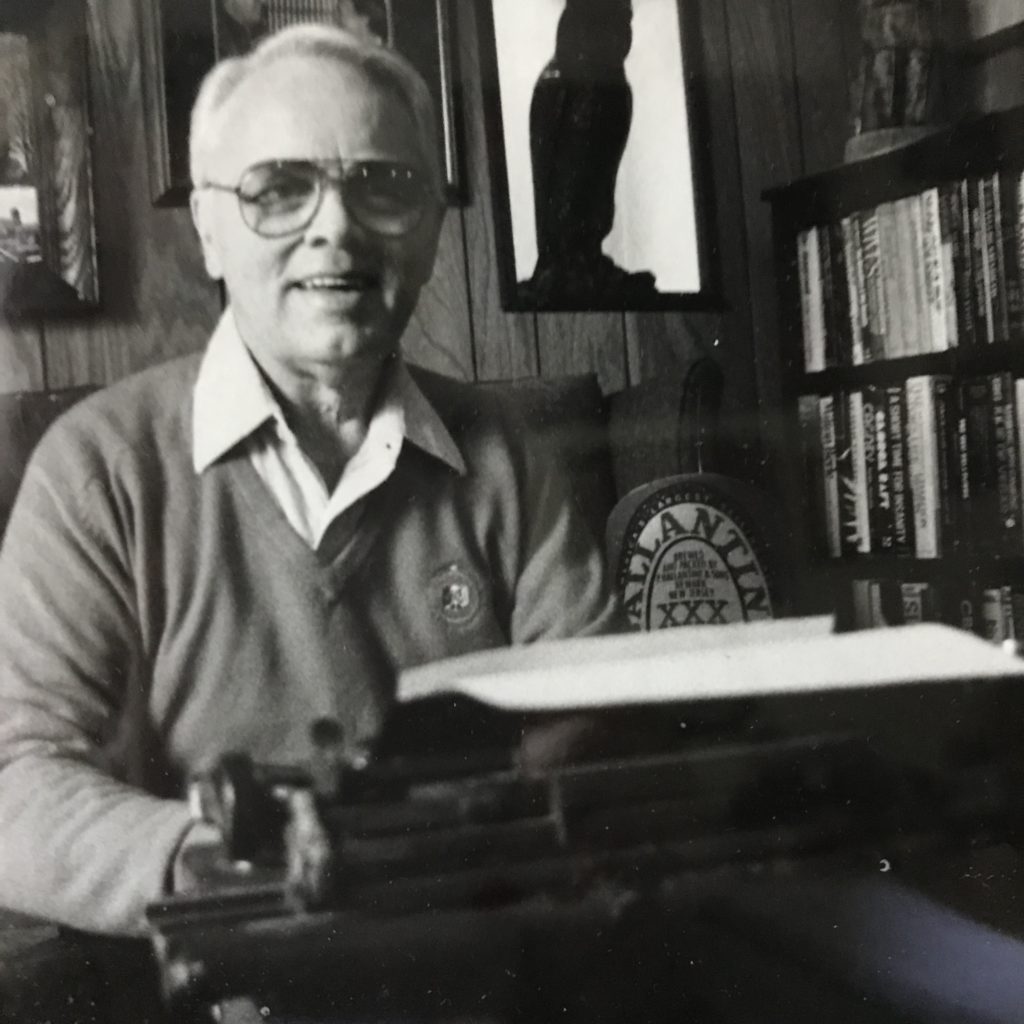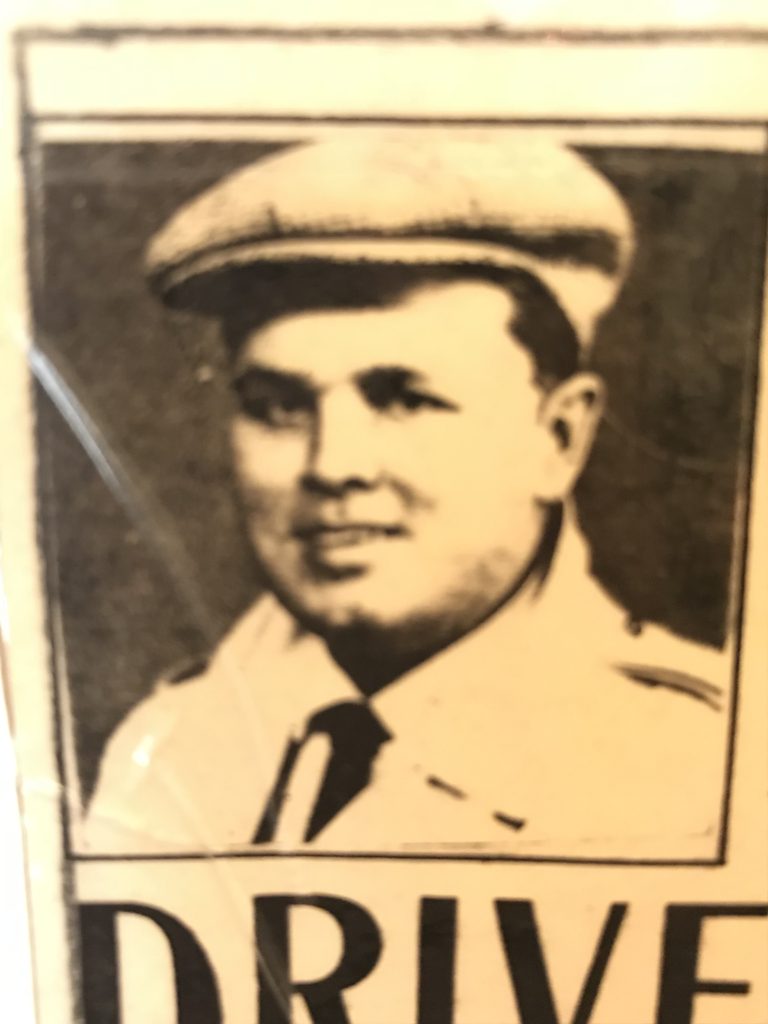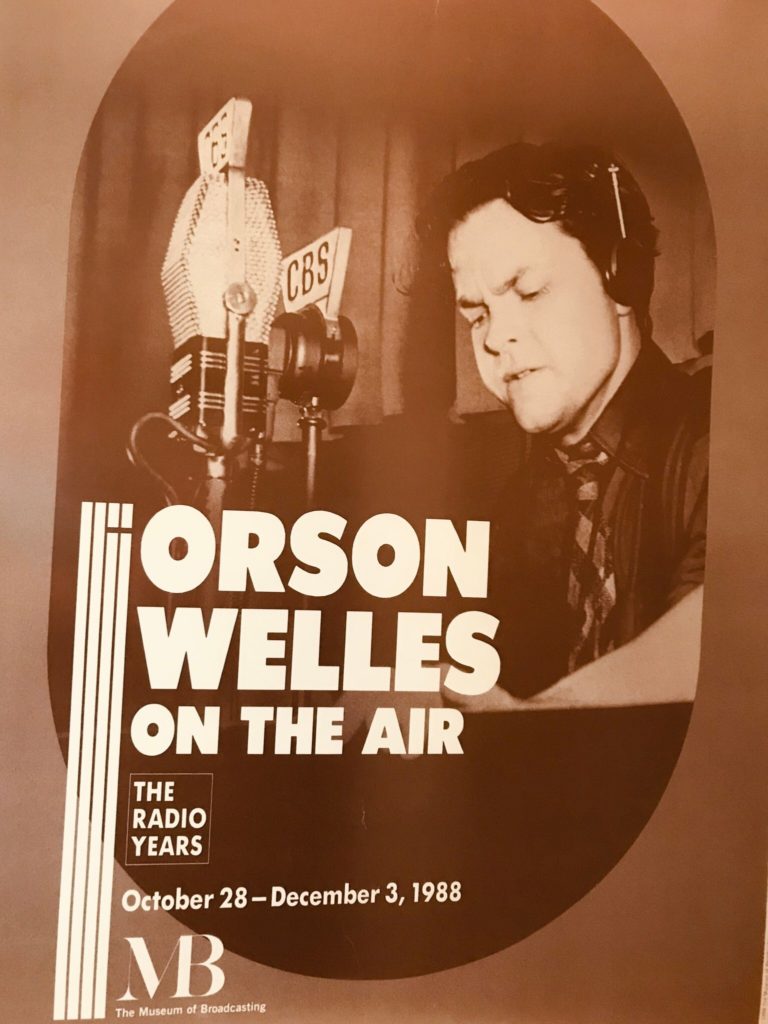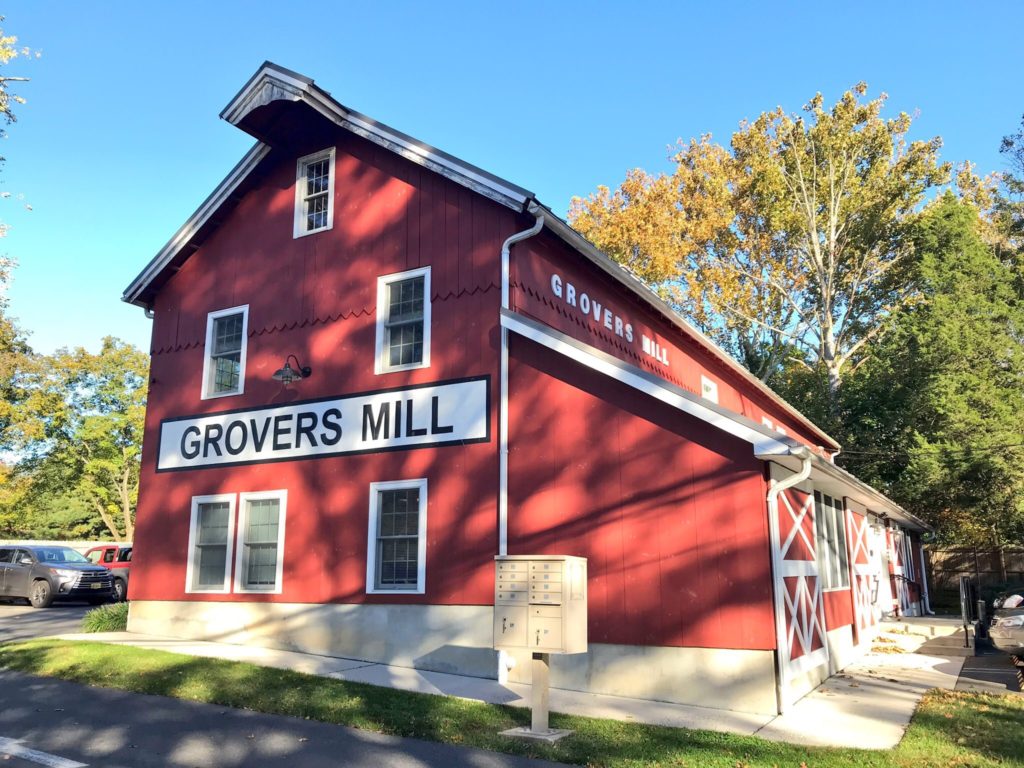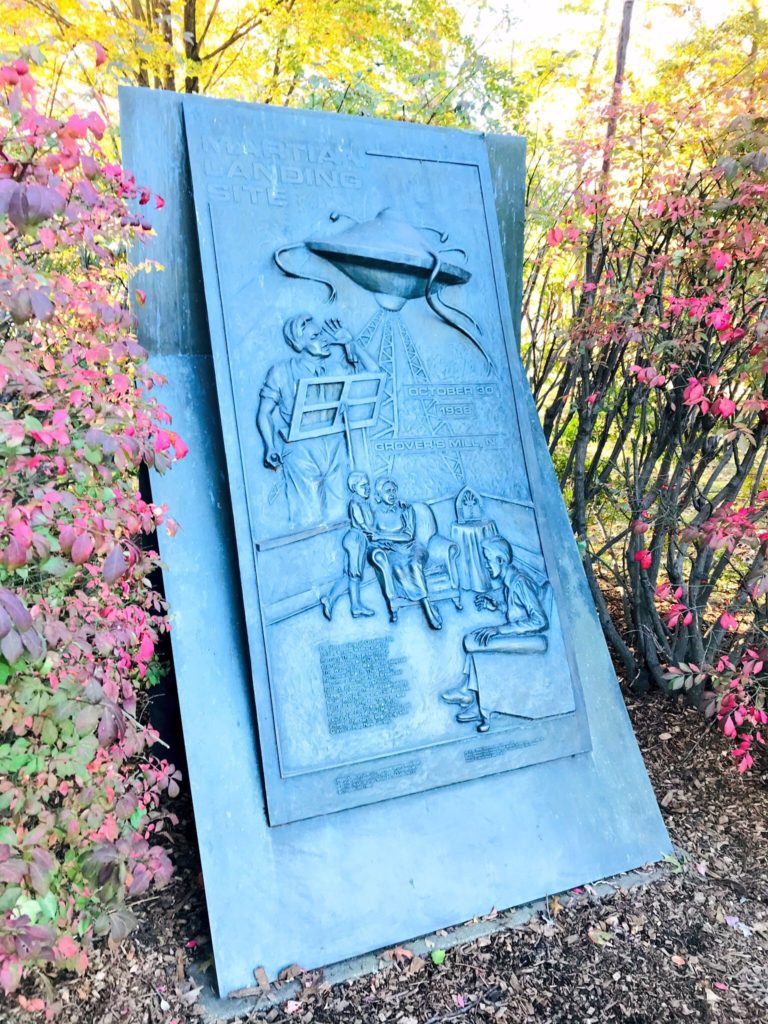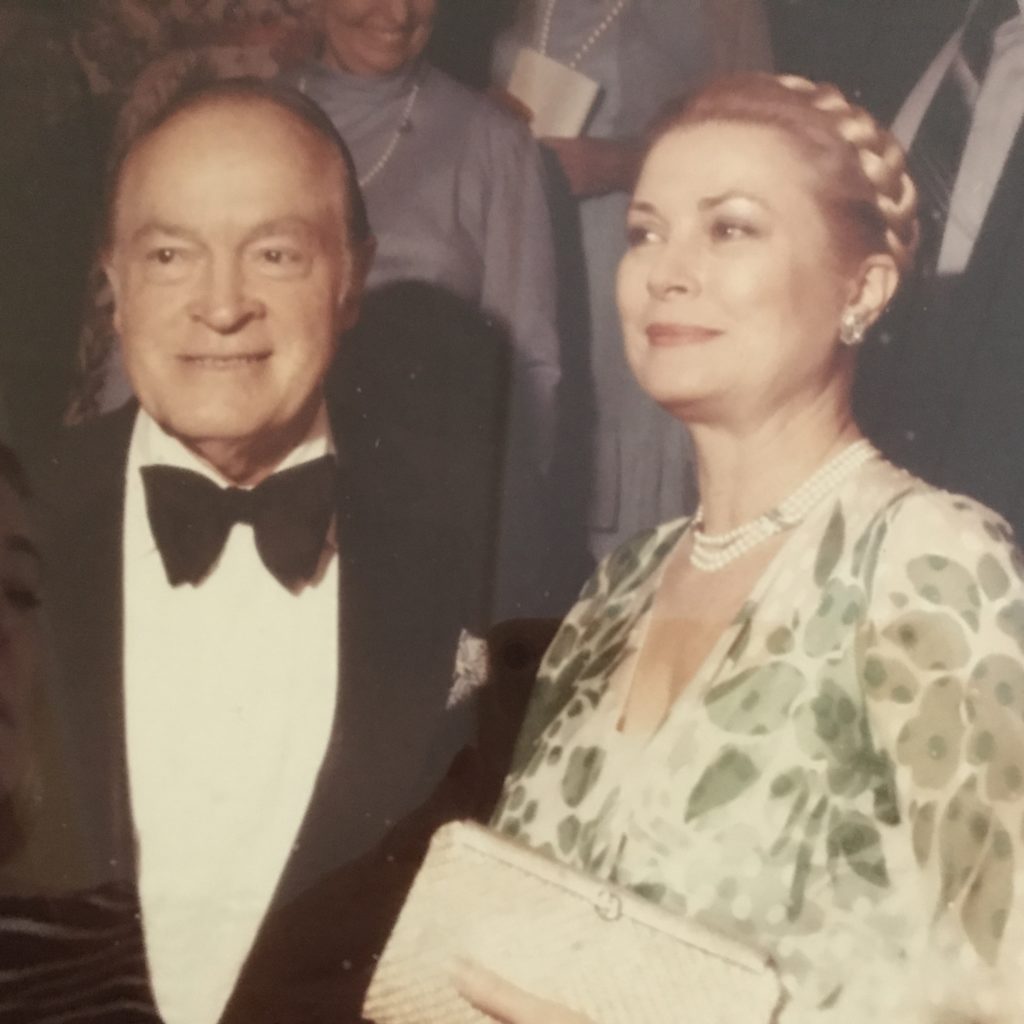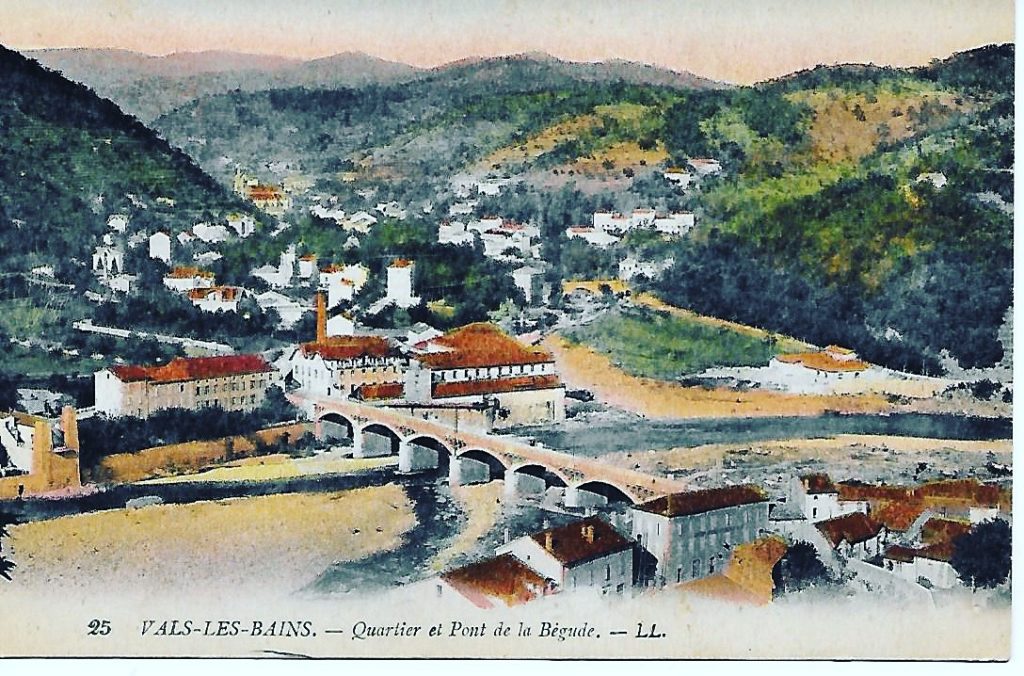
Haupt Conservatory with clear blue sky and frozen aquatic pool on a beautiful January day. The pool is home to water lilies in warmer weather.
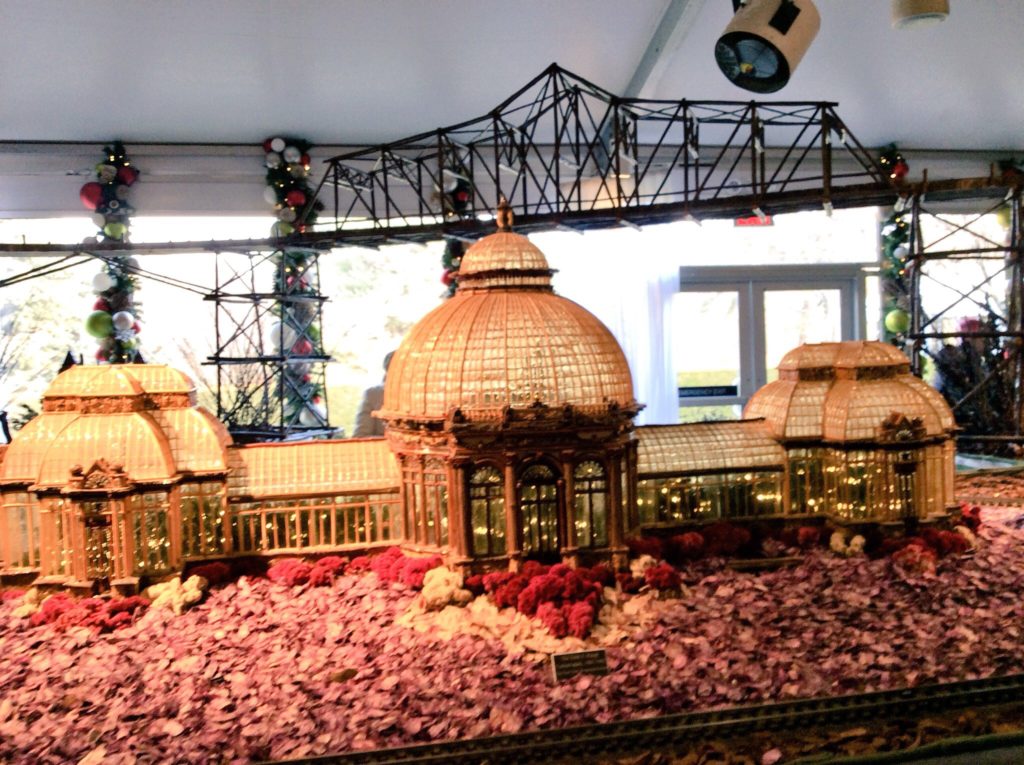
Haupt Conservatory at the Holiday Train Show

The Brooklyn Bridge and a top tier train track
“Do anything, but let it produce joy.” Poet Walt Whitman, with links to both New Jersey and New York, advised as well as inspired with this thought from Leaves of Grass. The delighted faces of visitors year-round at the New York Botanical Garden convey the success of the dedication of the staff. The popular annual Holiday Train Show with New York City landmarks, created by Paul Busse of Applied Imagination, is a family tradition for many. The festive décor at both the NYBG and Haupt Conservatory entrances signals immediate welcome. Within the conservatory, host to the train show, visitors travel from wonder to wonder.
The NYBG, located near Fordham University in the Bronx, is magnificent. Though the 250-acres that comprise the garden are vast and impressive, the expanse creates a warm atmosphere through the beautiful landscape design. Features of the New York City Botanical Garden include: the Haupt Conservatory, 1902, a New York City Landmark, 50 gardens, including the Peggy Rockefeller Rose Garden, a Japanese rock garden, an herb garden, a waterfall, an original 50-acre forest that contains Native American hunting trails, a herbarium, which houses plant specimens, a plant research laboratory, the Stone Mill, 1840, a city and National Historic Landmark, and the Beaux-Arts style LuEsther T. Mertz Library, 1901, the most extensive botanical research library in the United States where Thomas Edison once researched. First-time visitors may find that the garden looks familiar. Hester Bridge was in the opening credits of the 1970’s “Sesame Street” and scenes from “Gotham,” “Salt,” and “Awakenings” were filmed here, fun notes shared in an AM New York interview for NYBG’s 125th anniversary two years ago. With flowers and plants both local and from around the world, spending the day here gives one the feeling of having had a genuine getaway.

Trains run through a display of the Midtown display with the Statue of Liberty, the Empire State Building, the General Electric Building, Chrysler Building, and St. Bartholomew’s Church made from all natural materials like bark, twigs, acorns, stones, and leaves.
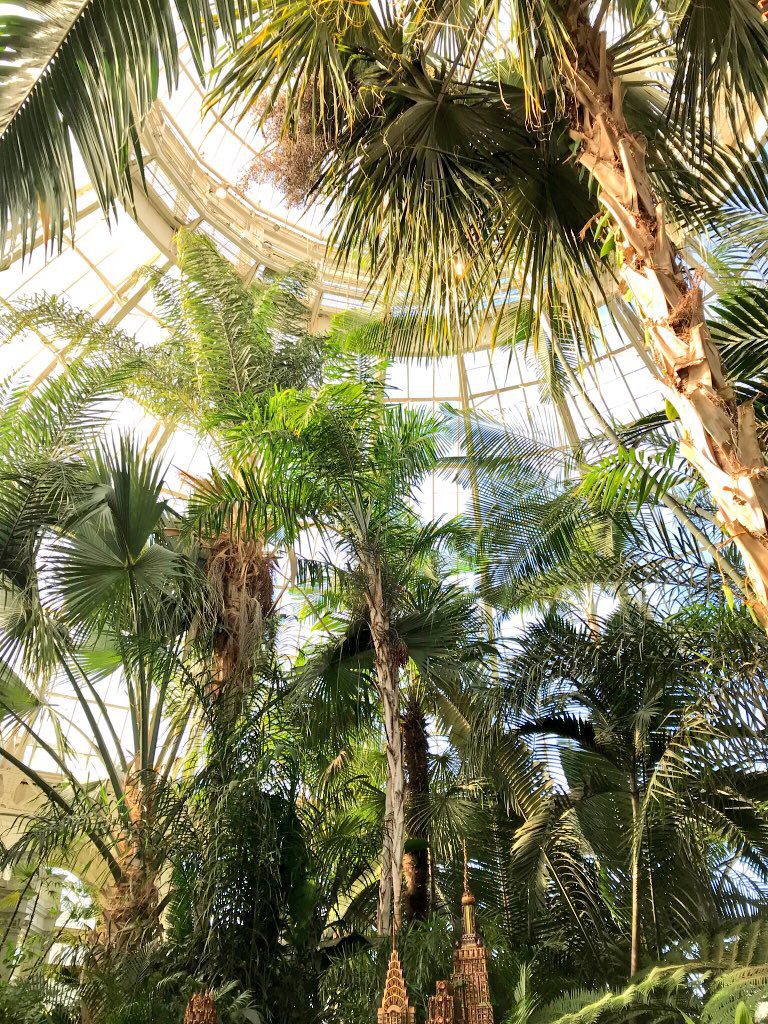
The canopy above the Midtown display
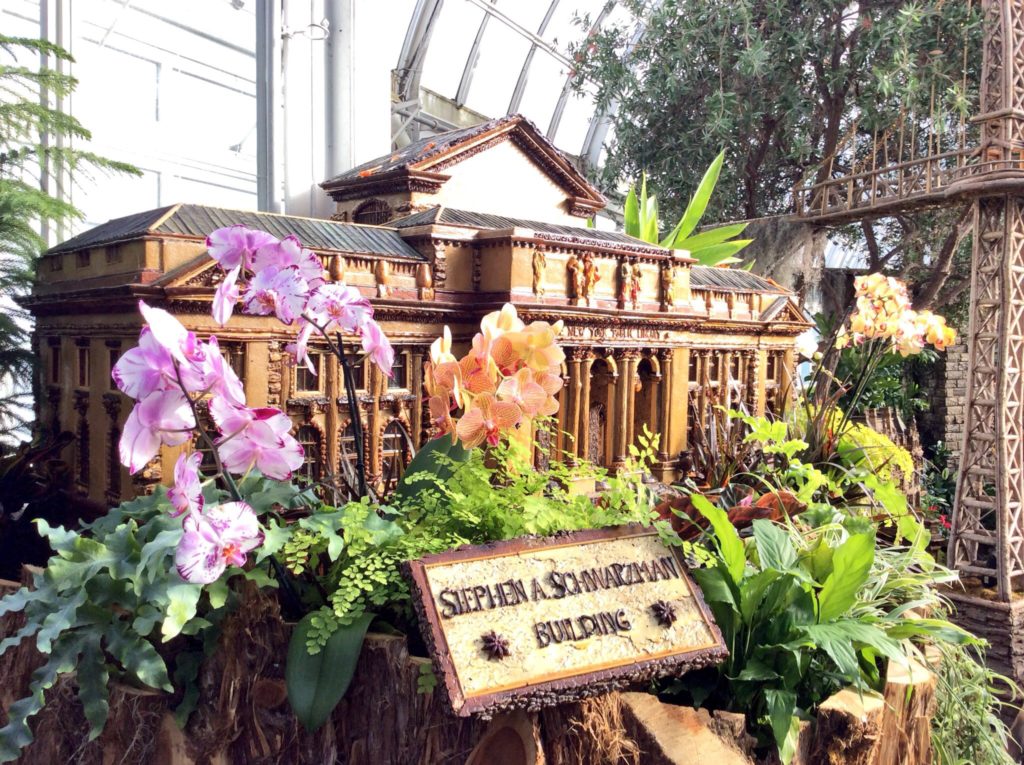
The New York Public Library

Yankee Stadium
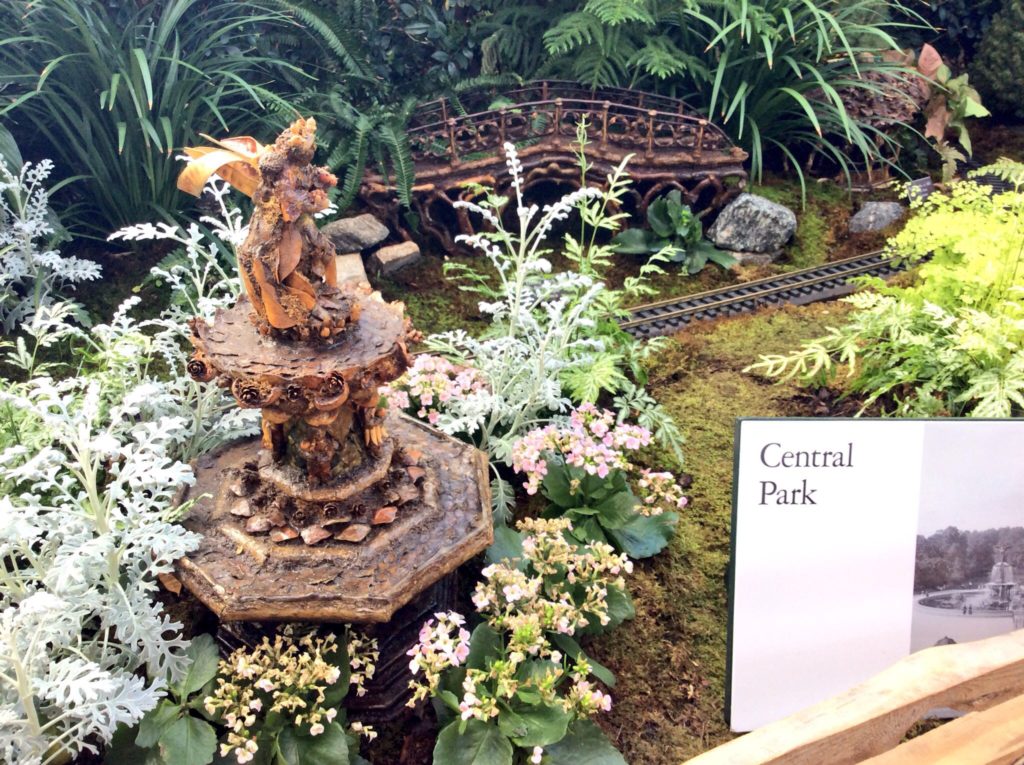
Bethesda Fountain and Bow Bridge, Central Park
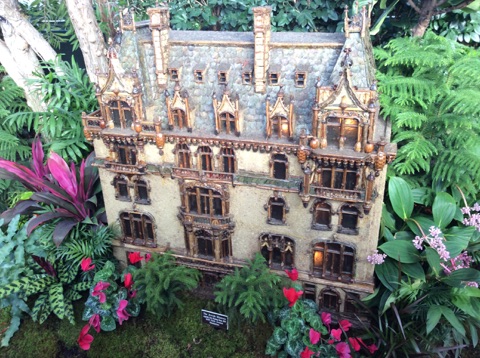
The Jewish Museum

Edith and Ernesto Fabbri House, now “The House of the Redeemer” of the Episcopal Church and the Lycee Francais de New York and ladybug train
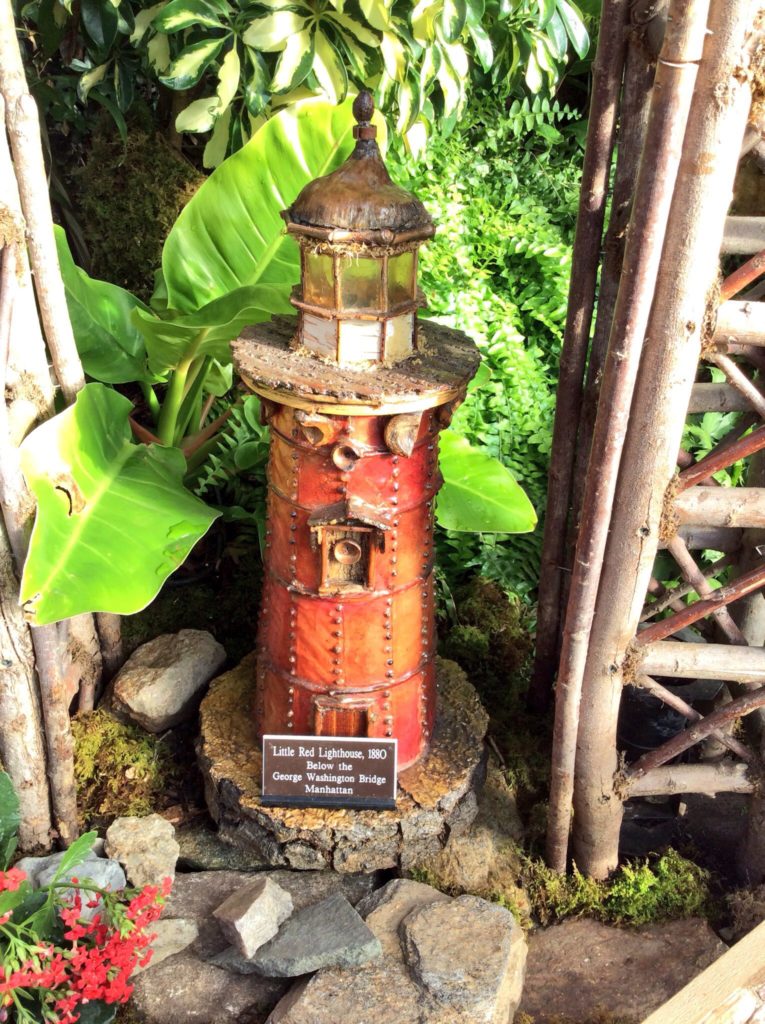
Little Red Lighthouse, 1880, underneath the George Washington Bridge
An overview of the garden’s background includes vision and common purpose which continues through today: “research, education, and horticulture”. Founded in 1891, the NYBG is a National Historic Landmark with a mission to educate as a “living museum”. Nathaniel Lord Britton, a botanist at Columbia University and his wife Elizabeth, inspired by the Royal Botanic Gardens at Kew in London, joined with the Torrey Botanical Club to raise funds to have a similar garden for Americans to enjoy. Through the New York governor and state legislature, the city acquired the land and Calvert Vaux, the co-architect of Central Park, selected the site and designed the first plan with his partner Samuel Parsons, Jr., Superintendent of Parks. The Haupt Conservatory, designed by Lord & Burnham, who created iconic conservatories throughout the US like the Orchid Range at Duke Farms, is similar to The Palm House at Kew Gardens which had impressed the Brittons. These dedicated botanists encouraged scientific research and publishing, which led to the renown of the NYBG as a research institution today. Initial board members and contributors included famous names from US history: J.P. Morgan, Cornelius Vanderbilt II, John D. Rockefeller, and Andrew Carnegie.
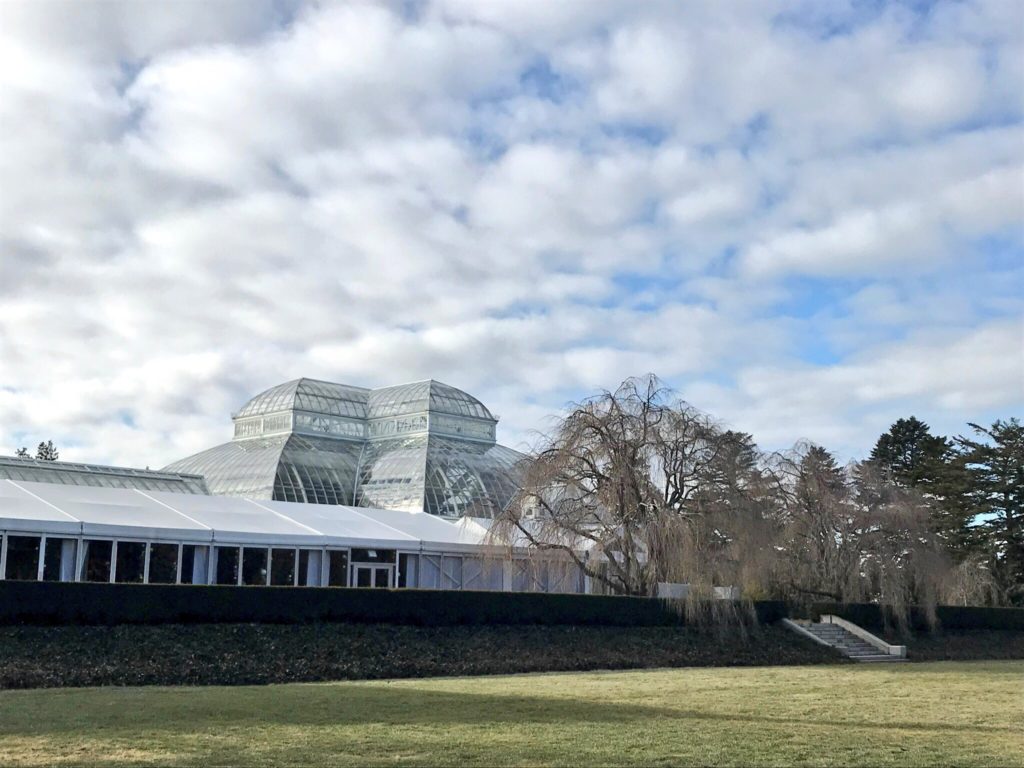
Front view of Haupt Conservatory
With a thought towards other shows, like the upcoming annual Orchid Show, March 3rd-April 22nd, and the major exhibit, “Georgia O’Keeffe: Visions of Hawai’i,” May 19-October 28th, NYBG provides scheduled ticketing to avoid overcrowding. Though the train show was well-attended, viewing was enjoyable. Visitors were considerate about letting each other snap photos, livestream, and take in the incredible displays. The train show, the “All Aboard with Thomas and Friends” sing-along, and “Evergreen Express” formed the holiday triple crown for children’s fun. Currently, “Wintertime Wonders” at the Discovery Center offers children creative learning about plants and wildlife that includes the start of a field journal for young naturalists. “Wild Medicines in the Tropics” is on in the conservatory through February 25th and “Out of the Woods: Celebrating Trees in Public Gardens” by the American Society of Botanical Artists is on exhibit through April 22nd. Concerts, poetry readings, lectures, home gardening, a farmers’ market (June-November) and event weekends like Rose Garden Celebration occur year-round. Valentine’s Day this year features personal poems written by professional poets in tours highlighting the “romance” of the collection.
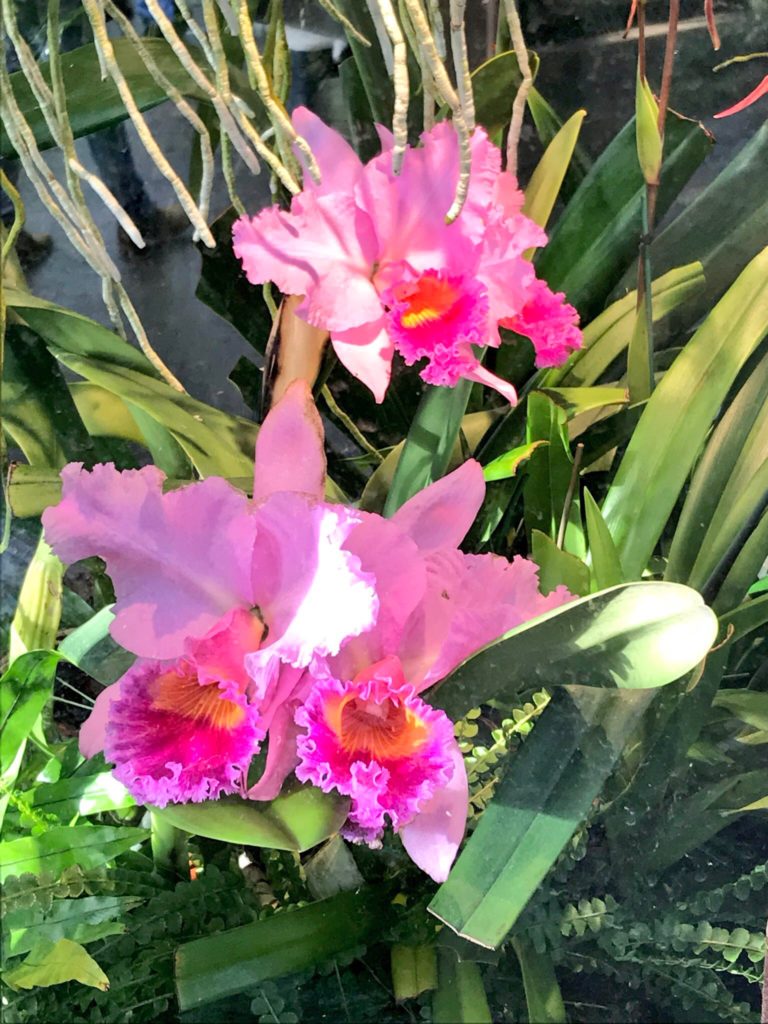
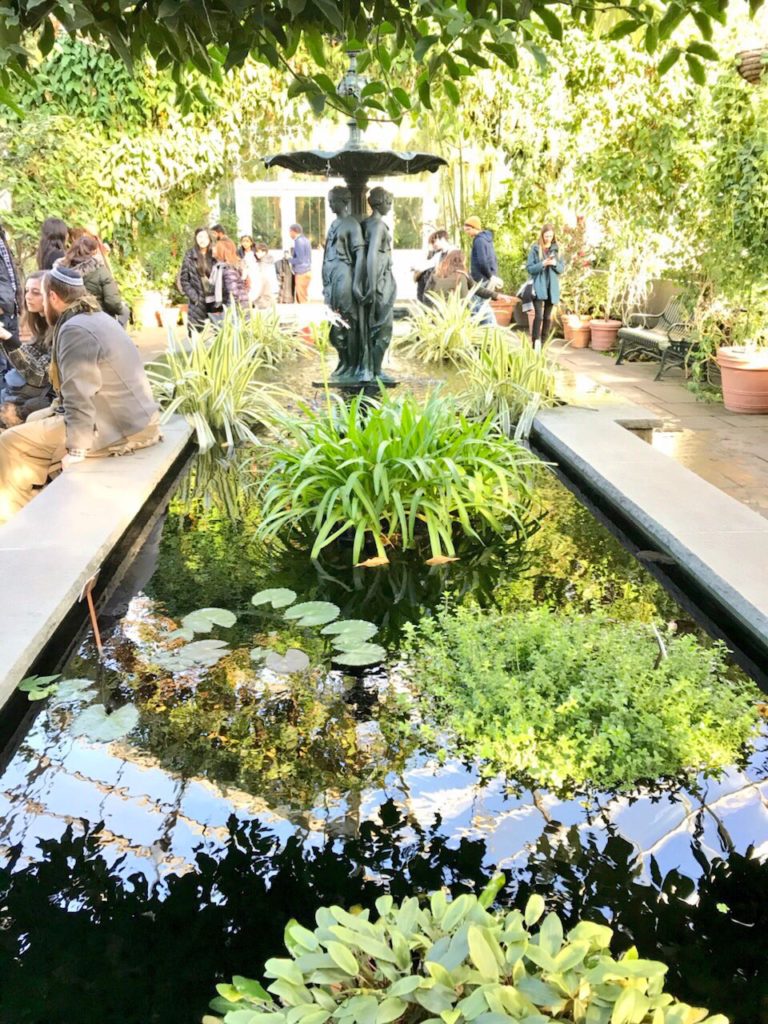
Victorian Palm Court

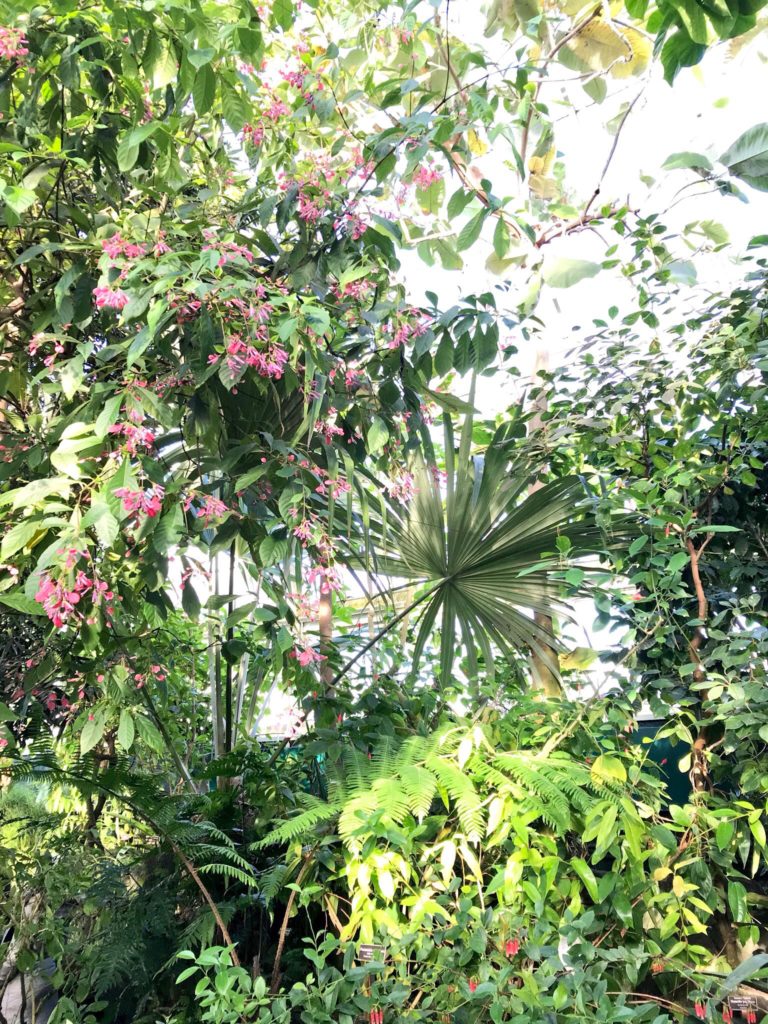
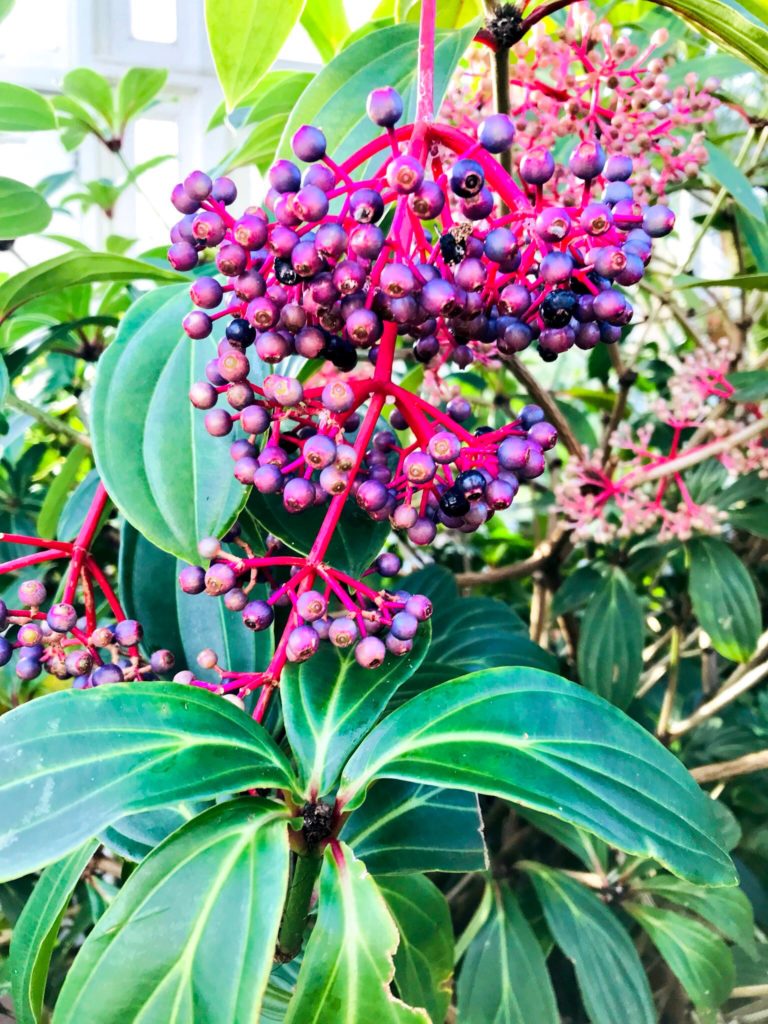
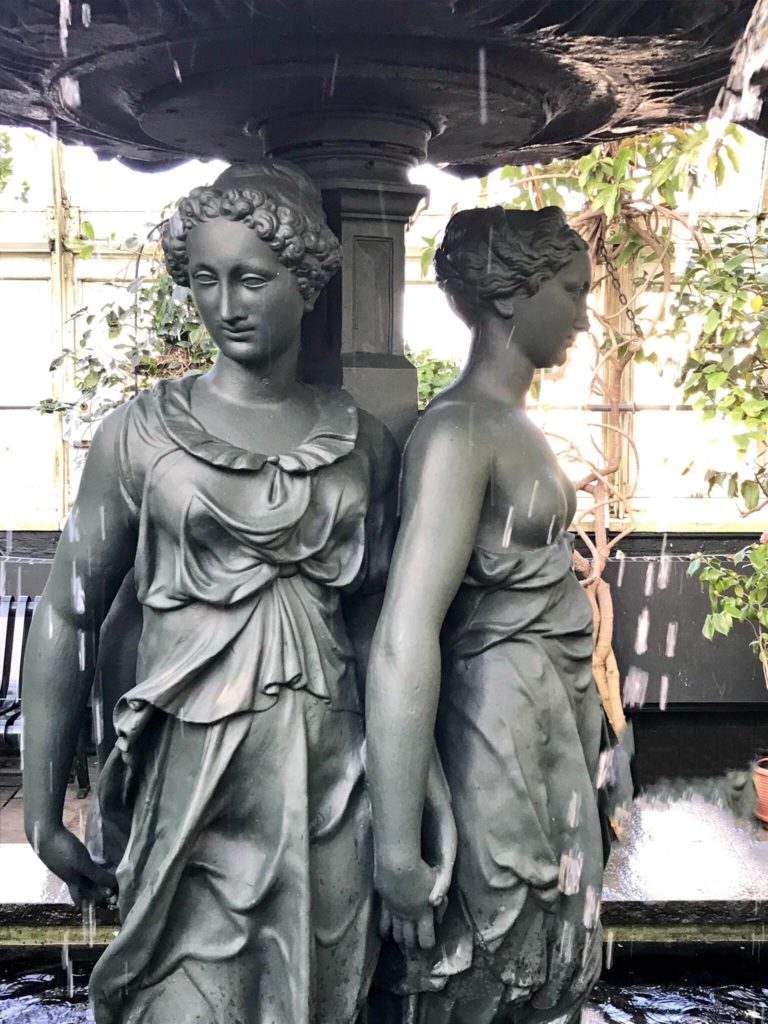
Fountain by French artist J. J. Dugal, 1898
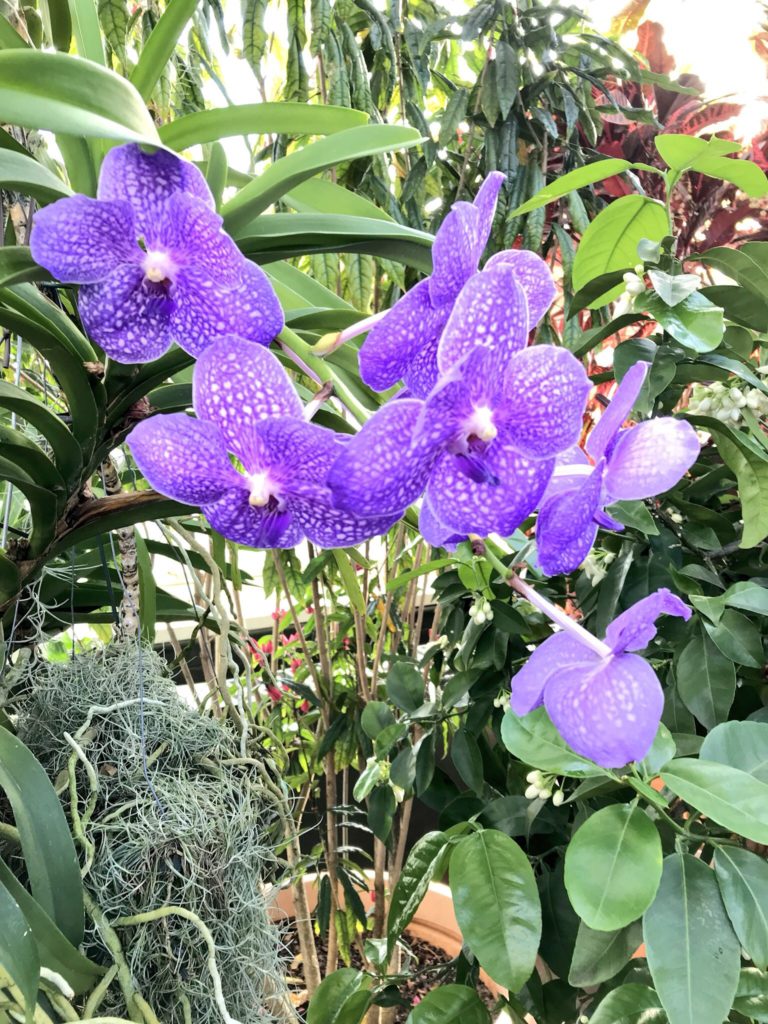
NYBG’s adult education program “is the largest and most diverse continuing education program at any botanical garden in the world” with 9,400 plus classes and community outreach throughout New York City. For the more casual visitor, a wonderful guide on the NYBG website is “What’s Beautiful Now” capturing not-to-be-missed highlights of each season like the Conifer Arboretum and the Ornamental Conifers, though you may enjoy taking one of the daily tours. For those who wish to spend the day, there is the family-friendly Pine Tree Café and The New York Times-reviewed Hudson Garden Grill, both supporting the garden.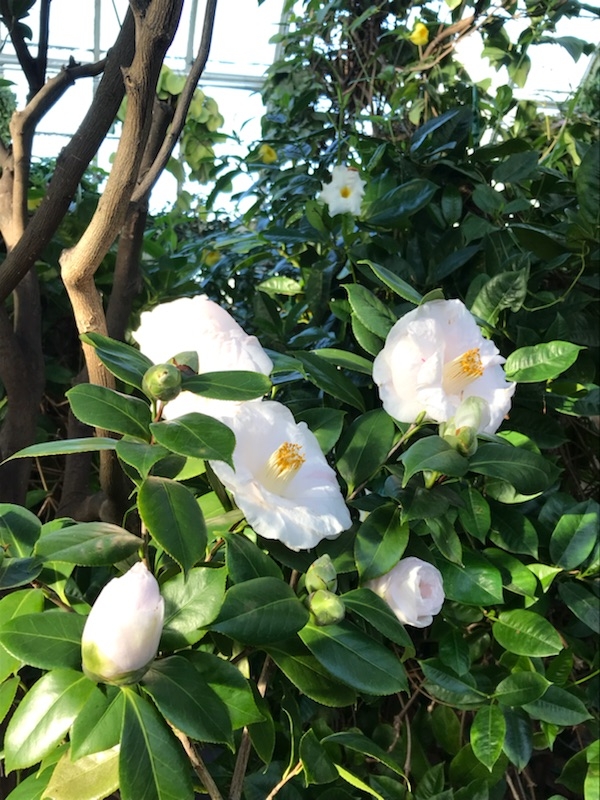

Beaux-Arts Mertz Library by Robert W. Gibson gleams in afternoon winter light. In front is the Fountain of Life by Charles E. Tefft.
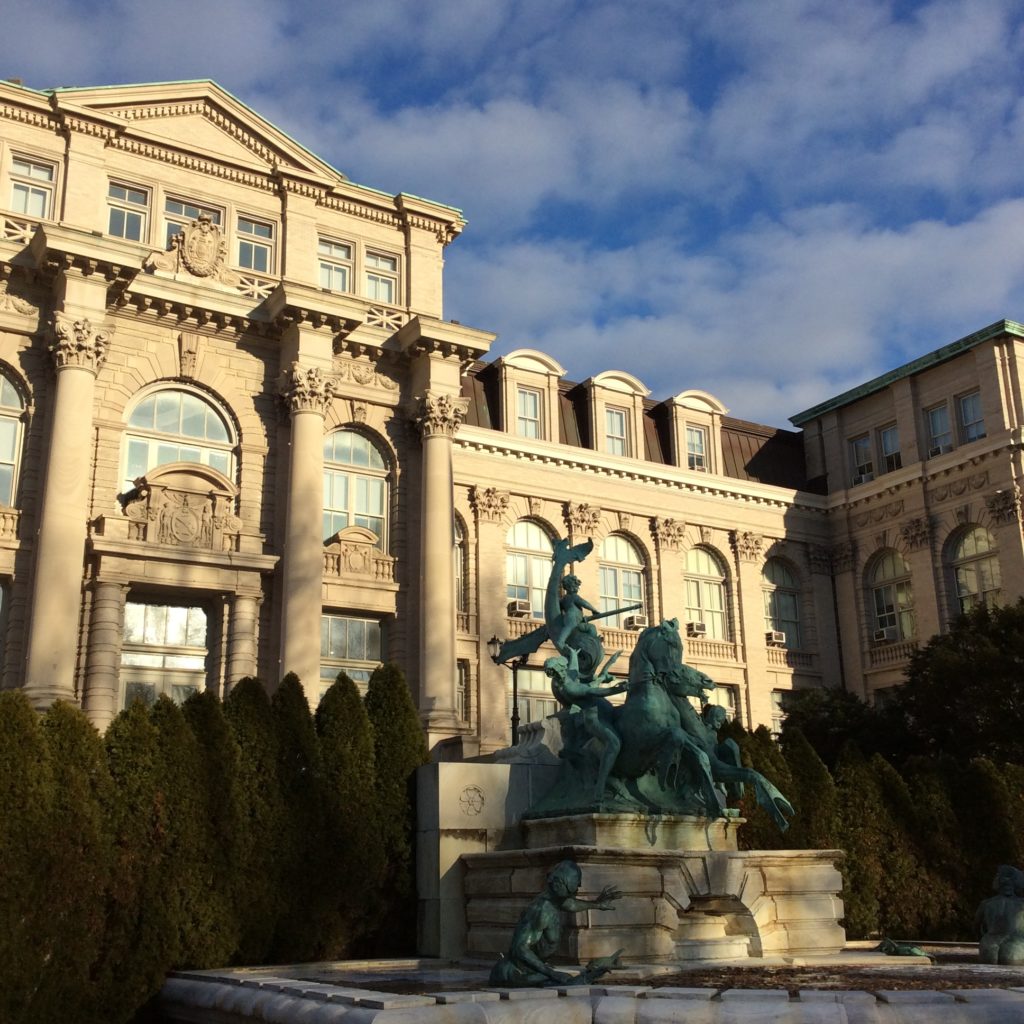 Helpful hints: When visiting a garden longer than 14 city blocks, bring good walking shoes or boots. A free tram regularly runs to create accessibility to the grounds. NYBG is directly accessible by public transportation and is only 20 minutes by train from Grand Central Station. Parking is cash only. The grounds are free to the public on Wednesdays and from 9-10 a.m. on Saturdays. New York City residents with proof of residency may receive a special rate for a grounds only pass as part of the IDNYC program. NYBG also participates in New York City Getaways program, Cool Culture, and Blue Star Museums (Memorial to Labor Day) as well as complimentary admission to American Horticultural Society and other garden and museum members. AAA, WNET Channel THIRTEEN members, Fordham University, and Yankee Stadium tour tickets also bring discounts. For more details on eligibility, events, and ways to support, visit: nybg.org. (Sources: nybg.org, tclf.org, amny.com, nyc.gov, nytimes.com, thirteen.com, smithsonian.com, tripadvisor.com, Wiki).
Helpful hints: When visiting a garden longer than 14 city blocks, bring good walking shoes or boots. A free tram regularly runs to create accessibility to the grounds. NYBG is directly accessible by public transportation and is only 20 minutes by train from Grand Central Station. Parking is cash only. The grounds are free to the public on Wednesdays and from 9-10 a.m. on Saturdays. New York City residents with proof of residency may receive a special rate for a grounds only pass as part of the IDNYC program. NYBG also participates in New York City Getaways program, Cool Culture, and Blue Star Museums (Memorial to Labor Day) as well as complimentary admission to American Horticultural Society and other garden and museum members. AAA, WNET Channel THIRTEEN members, Fordham University, and Yankee Stadium tour tickets also bring discounts. For more details on eligibility, events, and ways to support, visit: nybg.org. (Sources: nybg.org, tclf.org, amny.com, nyc.gov, nytimes.com, thirteen.com, smithsonian.com, tripadvisor.com, Wiki).
All Rights Reserved © 2018 Kathleen Helen Levey
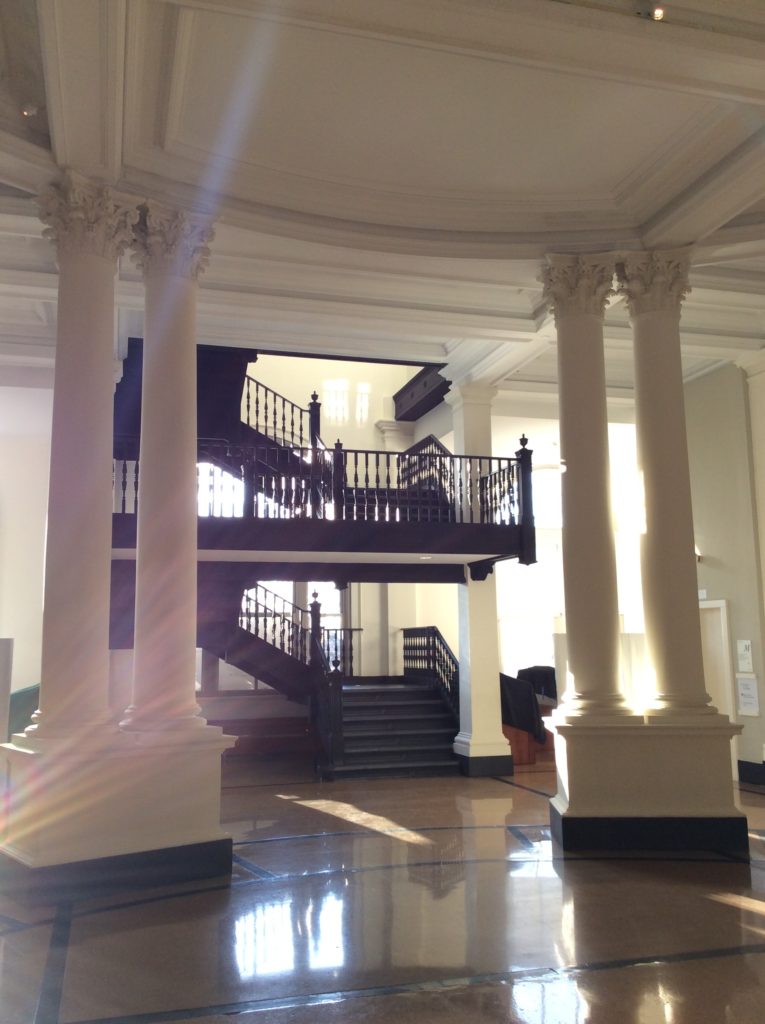
Mertz Library interior
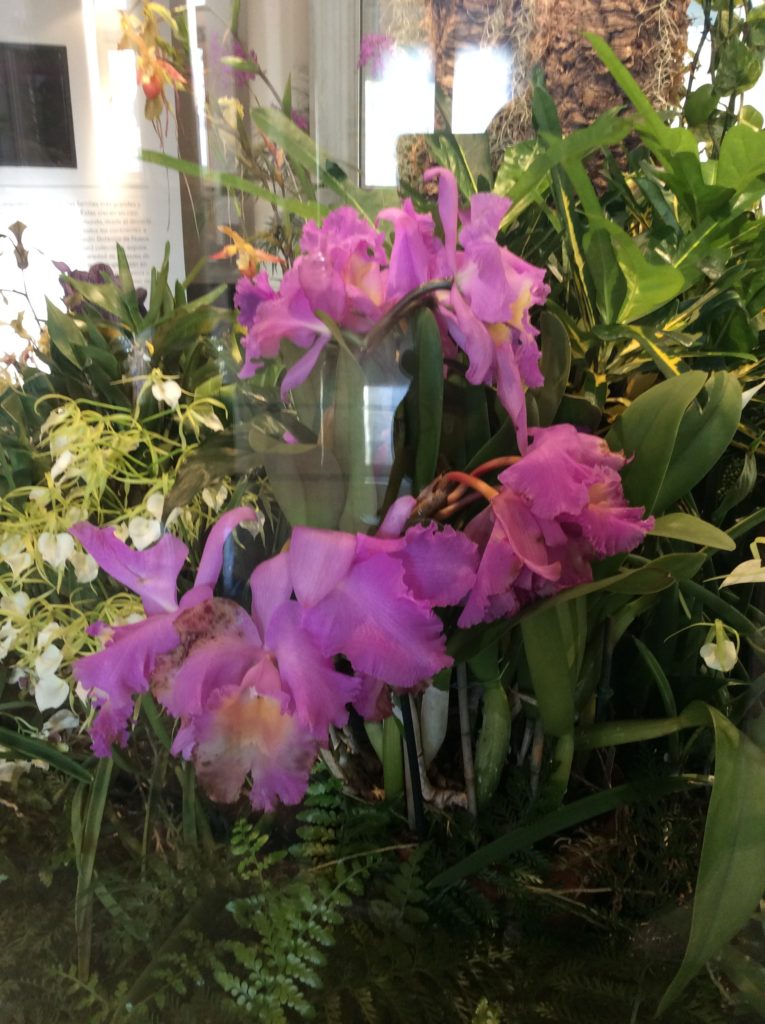
Orchids, Mertz Library

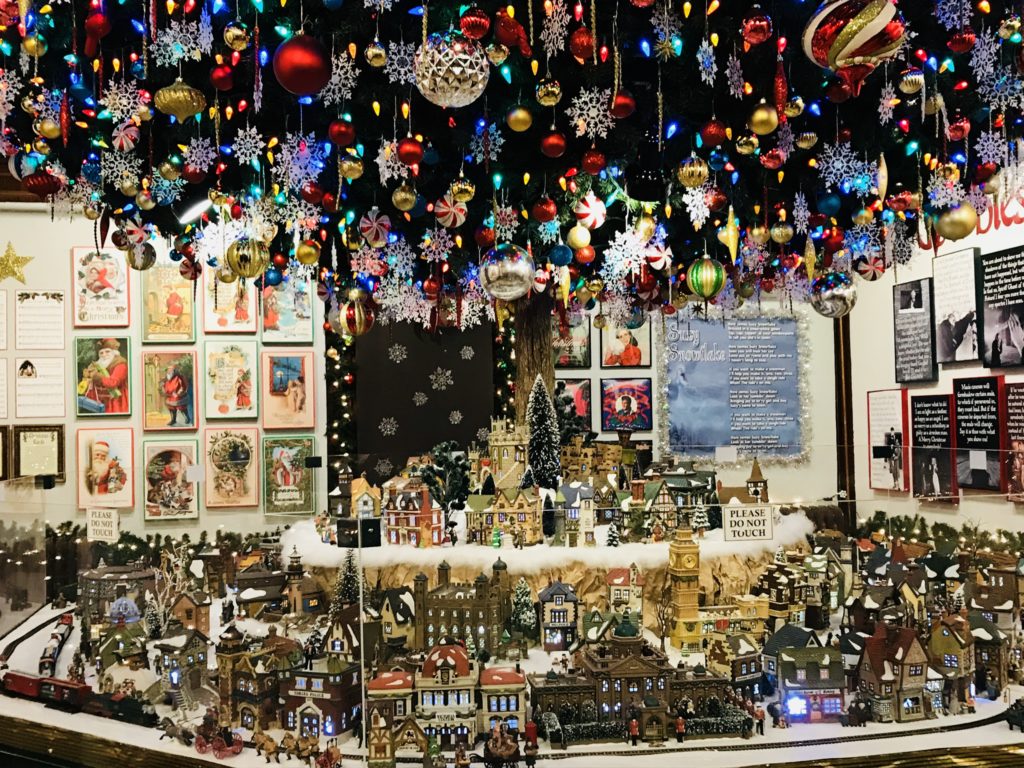
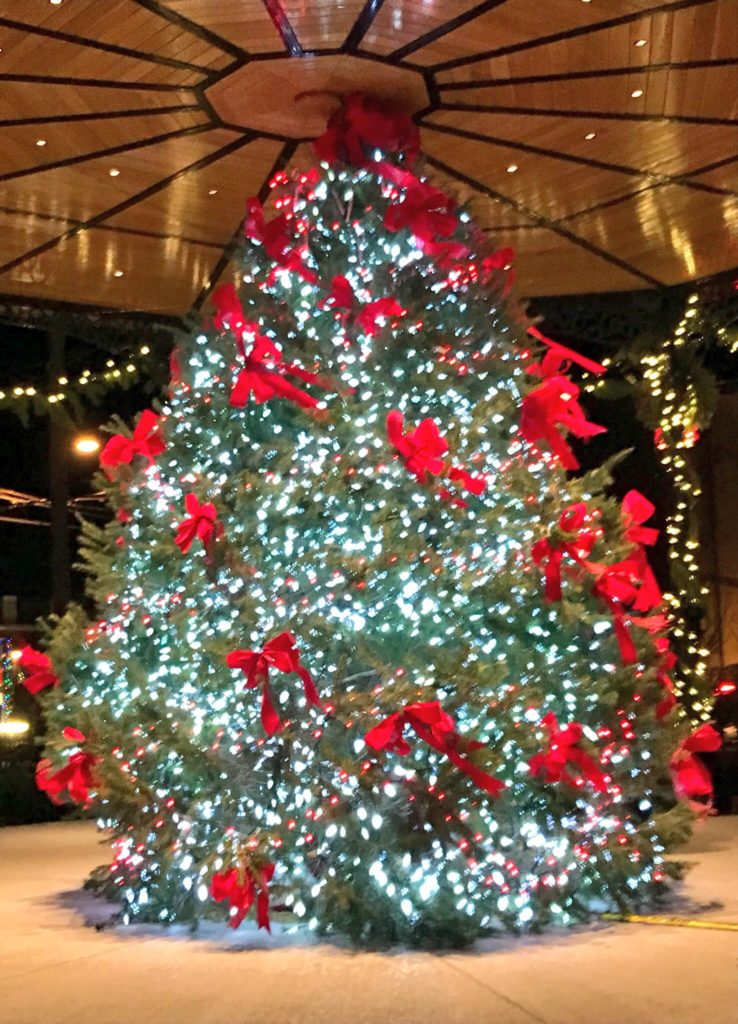
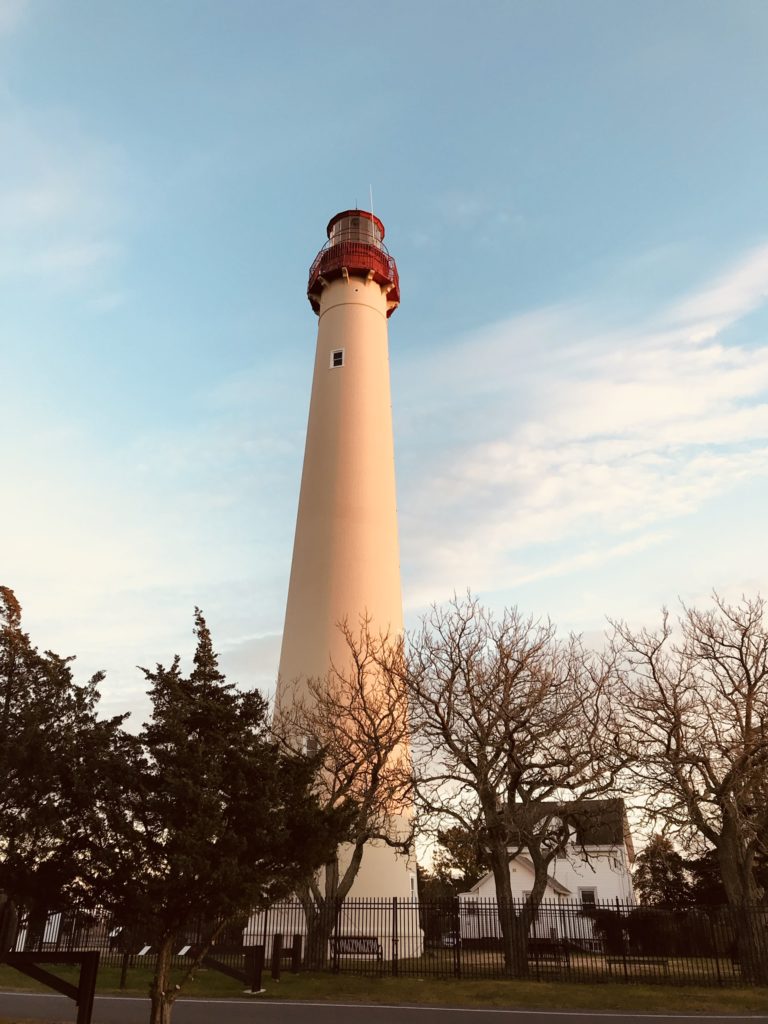

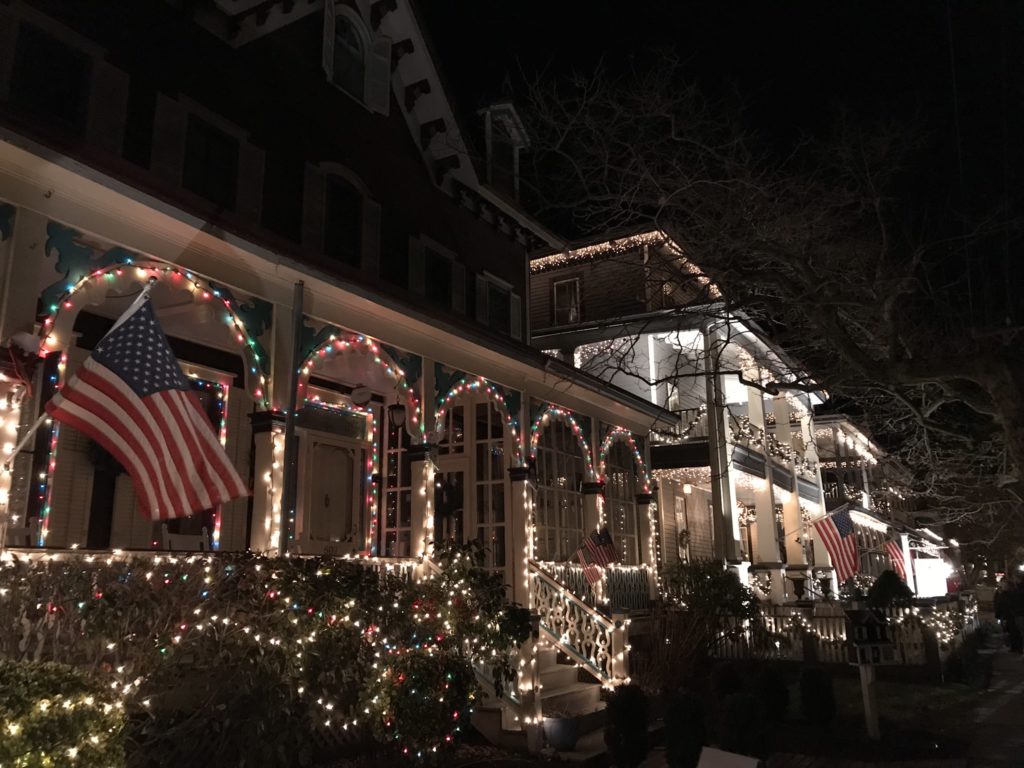
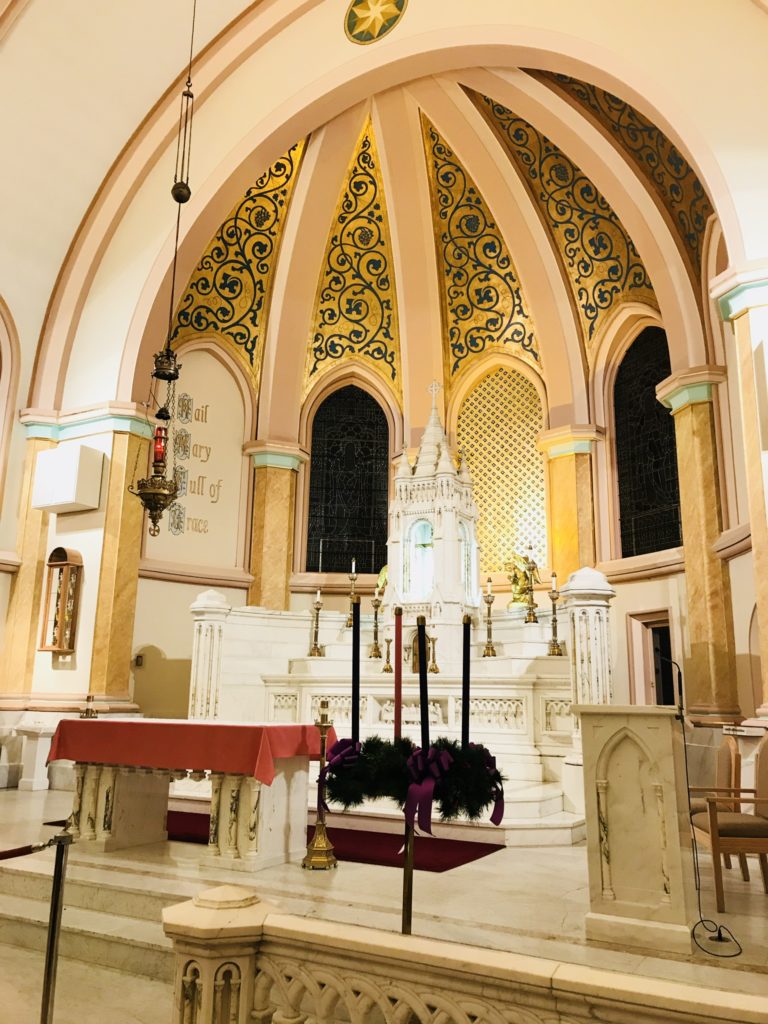
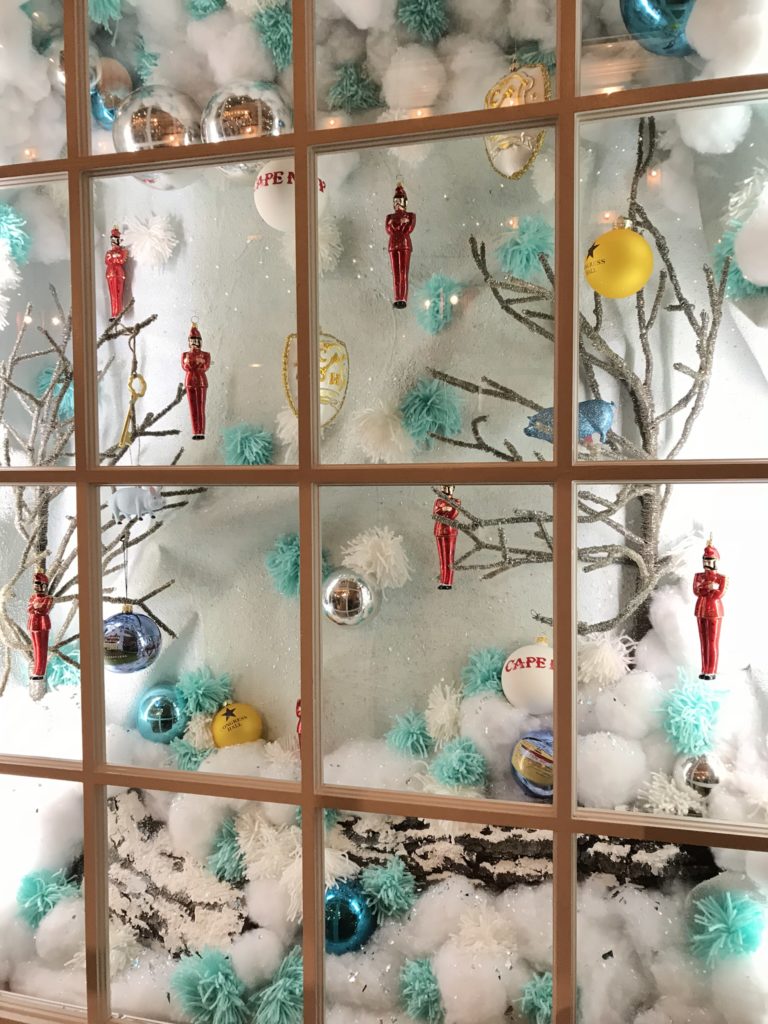
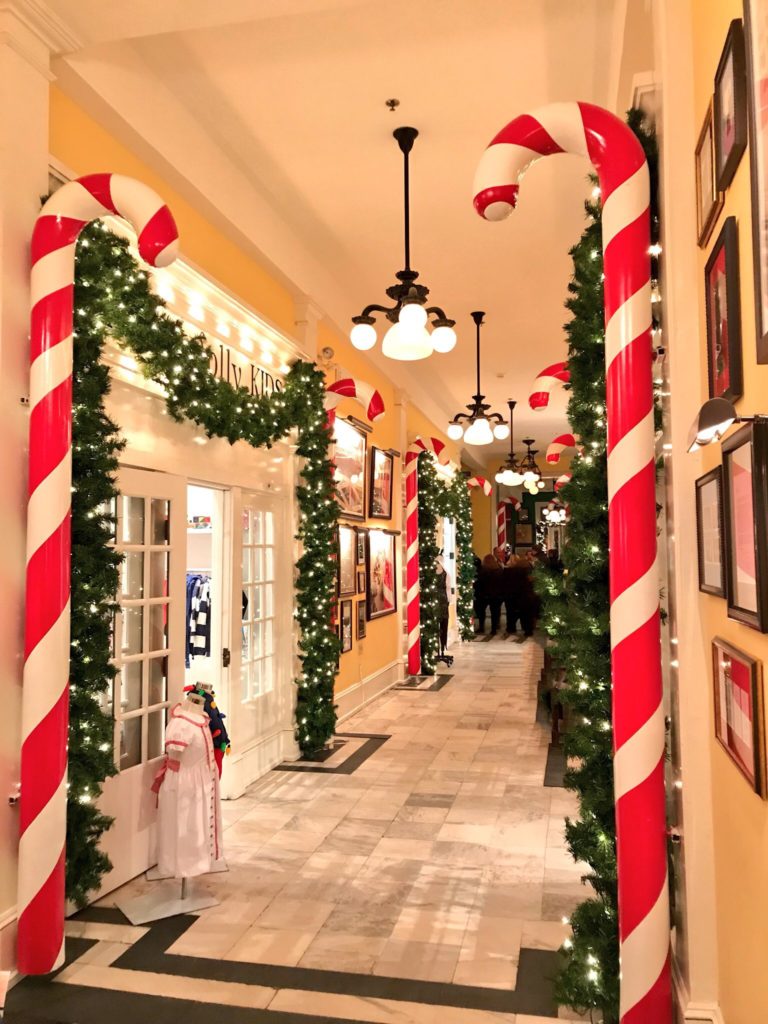
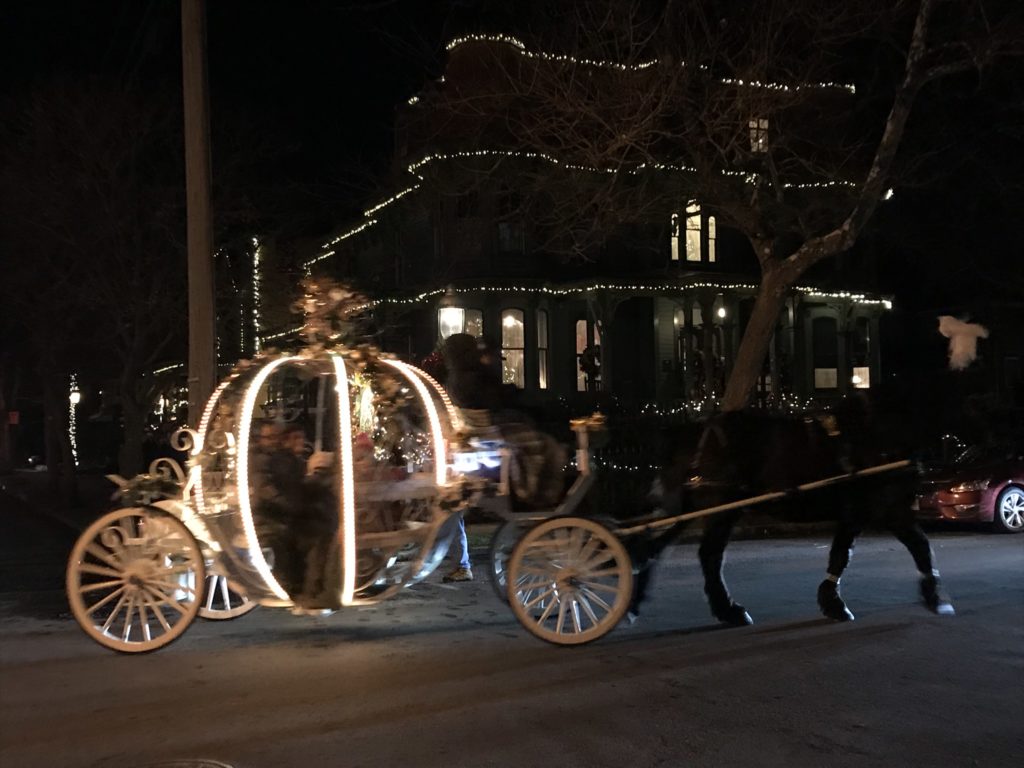


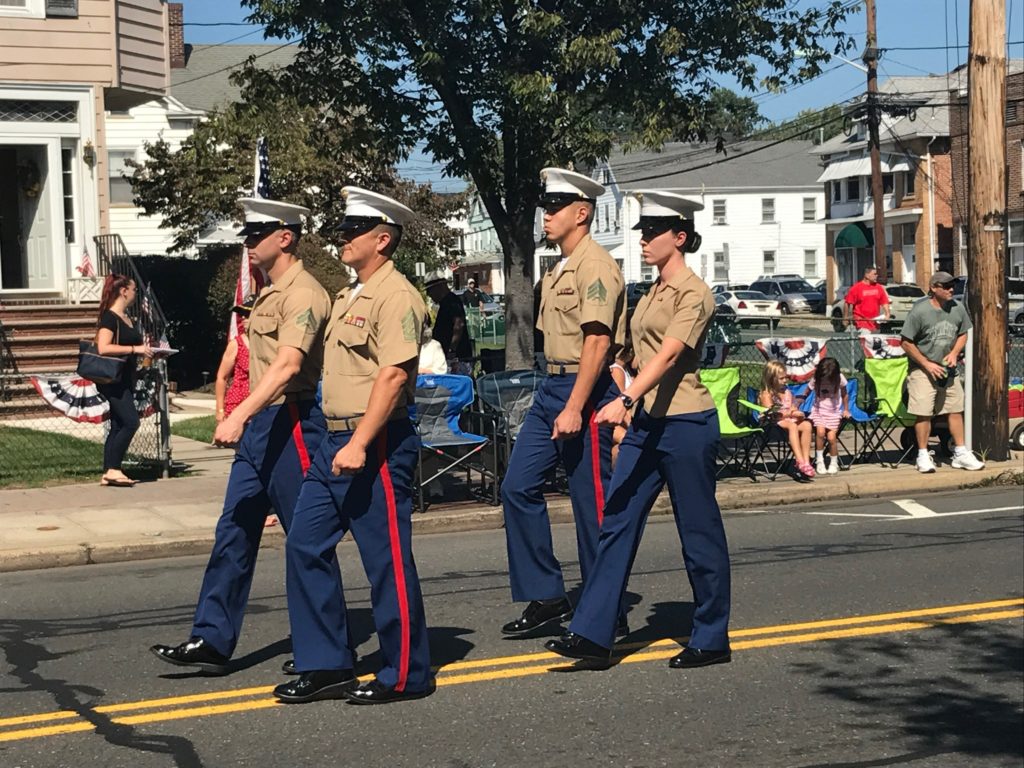 Raritan’s annual parade in Sergeant Basilone’s honor each September is a proud event with many veterans and Marines participating. The link below leads to video of the tossed-candy fun at this year’s parade along Somerset Street. The children, all delightful in this year’s crowd, are mostly off-frame, but they were even sweeter. Our mother, who attended for many years, exclaimed when hearing this, “It’s a first-rate parade if they’re giving out candy!” In the generous spirit of Sergeant John Basilone, his family, and the local communities, the borough invites everyone to attend.
Raritan’s annual parade in Sergeant Basilone’s honor each September is a proud event with many veterans and Marines participating. The link below leads to video of the tossed-candy fun at this year’s parade along Somerset Street. The children, all delightful in this year’s crowd, are mostly off-frame, but they were even sweeter. Our mother, who attended for many years, exclaimed when hearing this, “It’s a first-rate parade if they’re giving out candy!” In the generous spirit of Sergeant John Basilone, his family, and the local communities, the borough invites everyone to attend.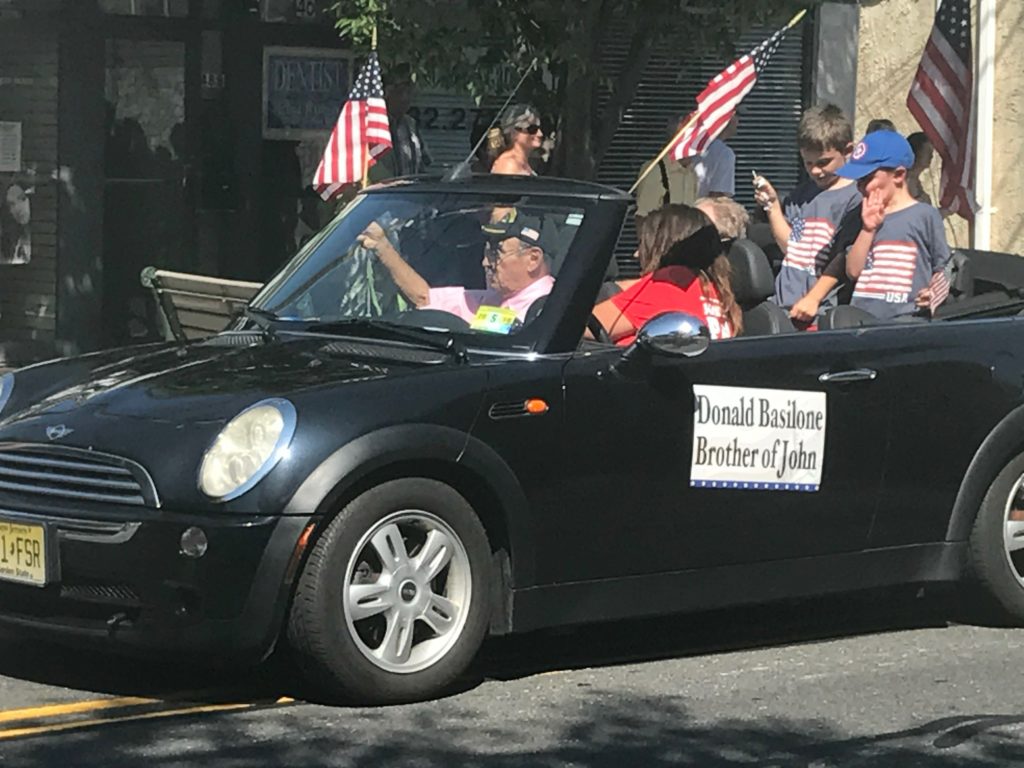
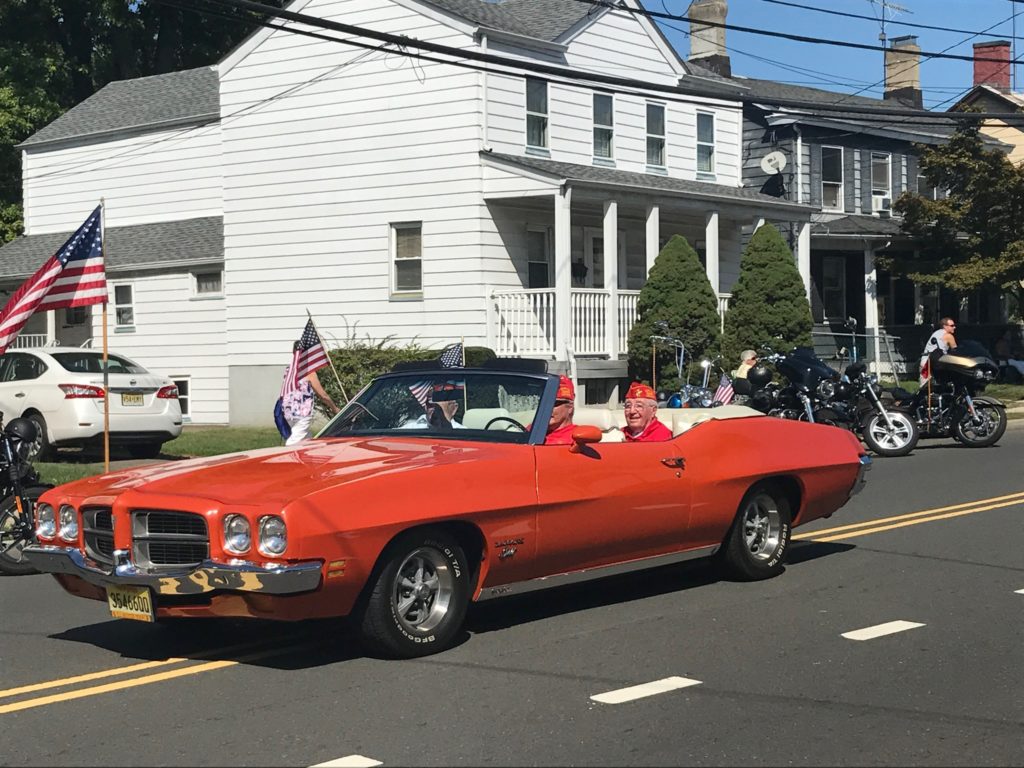
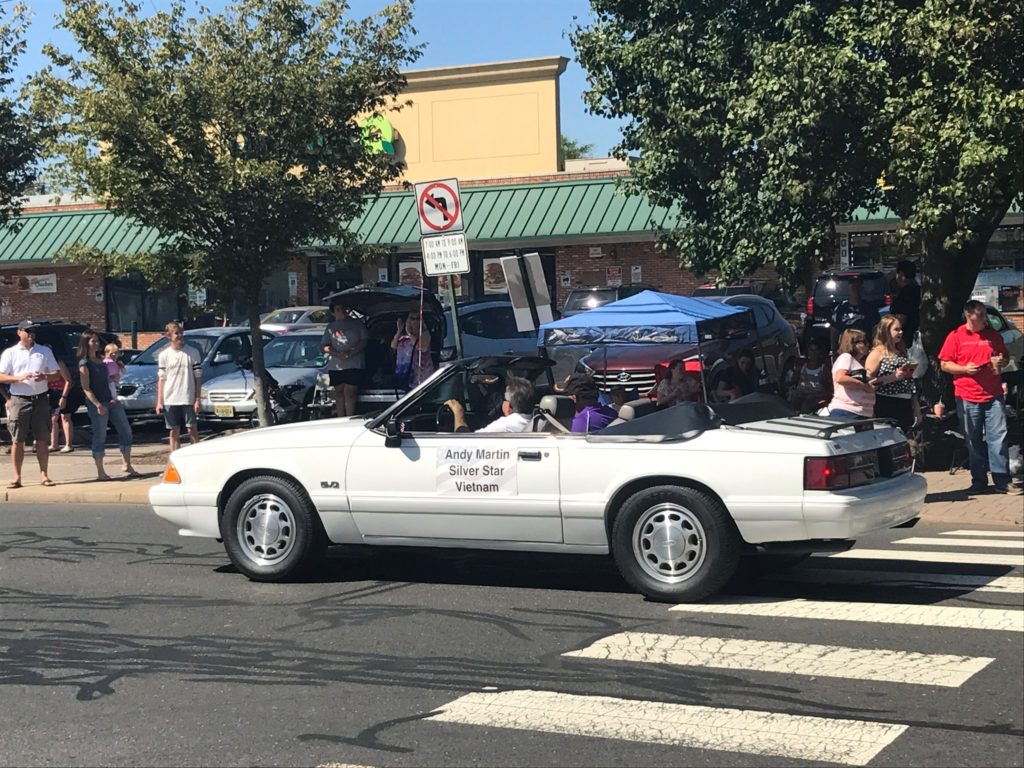
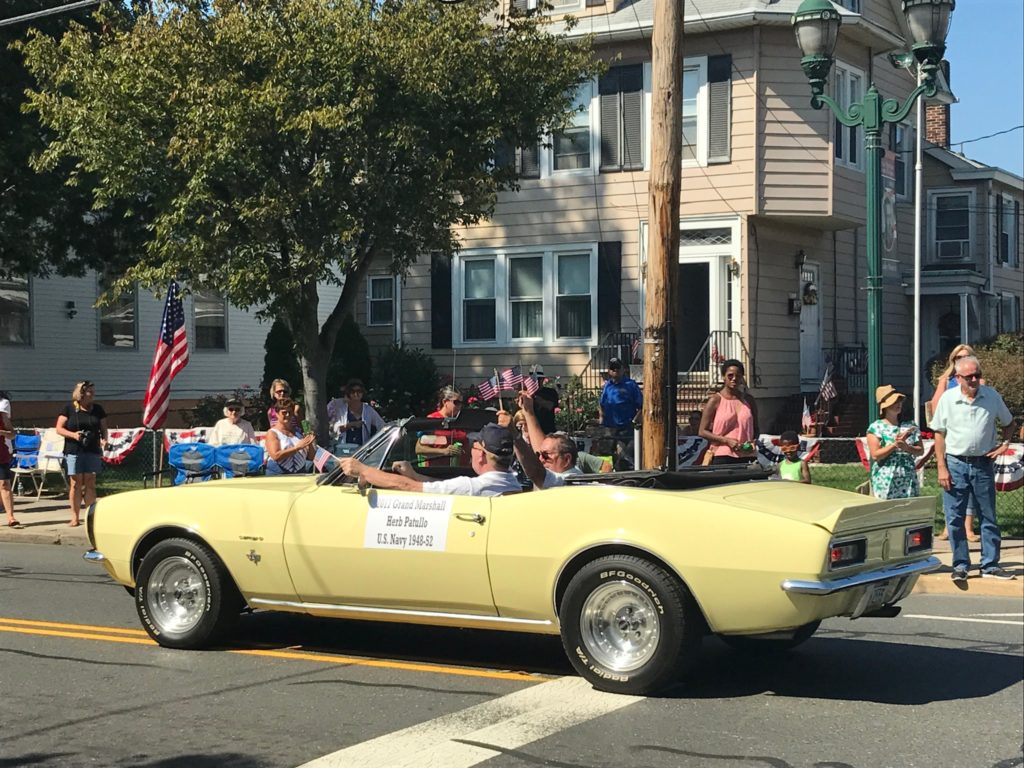
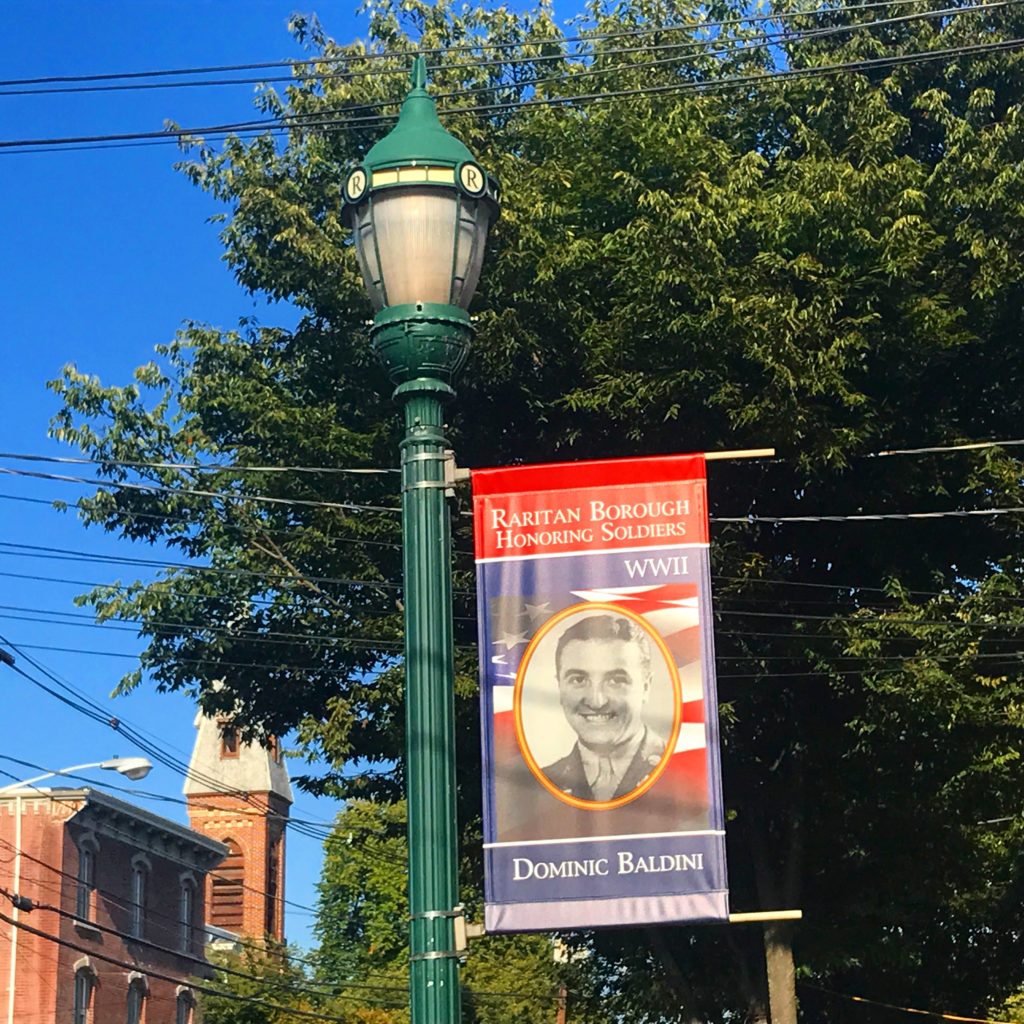
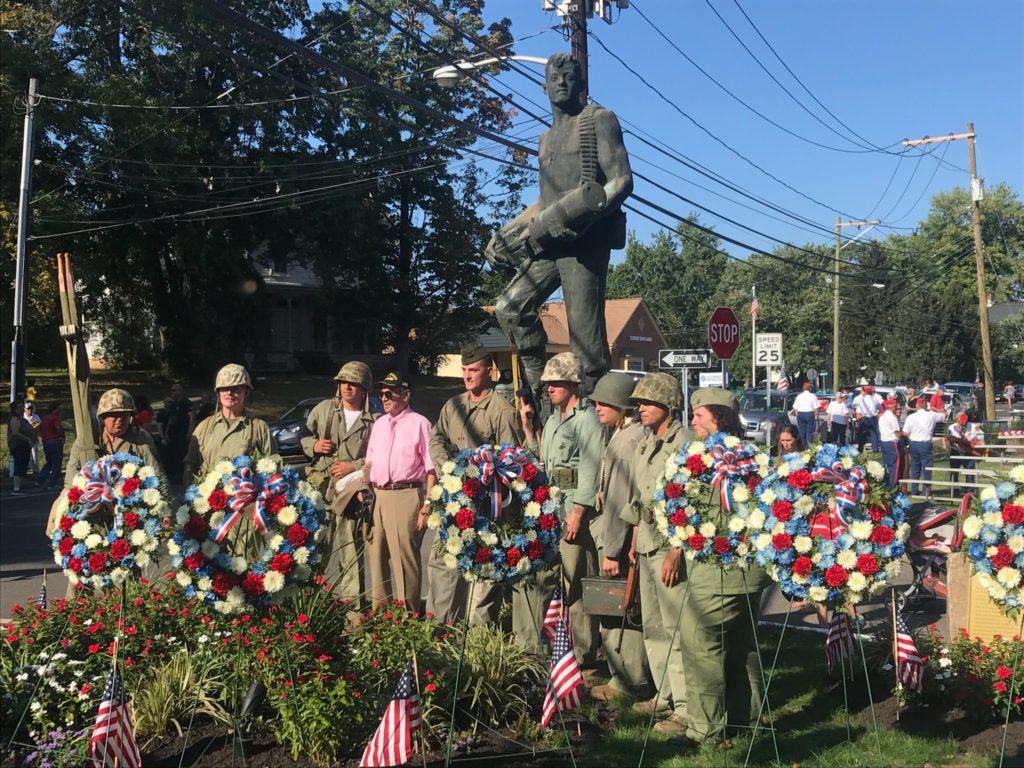
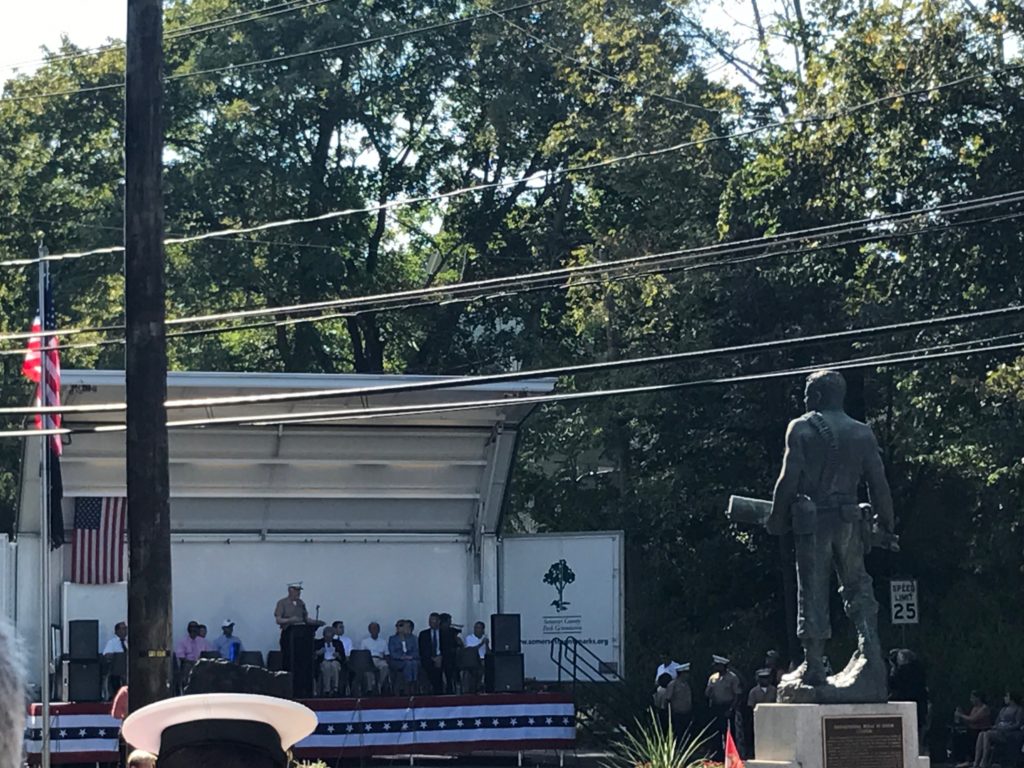
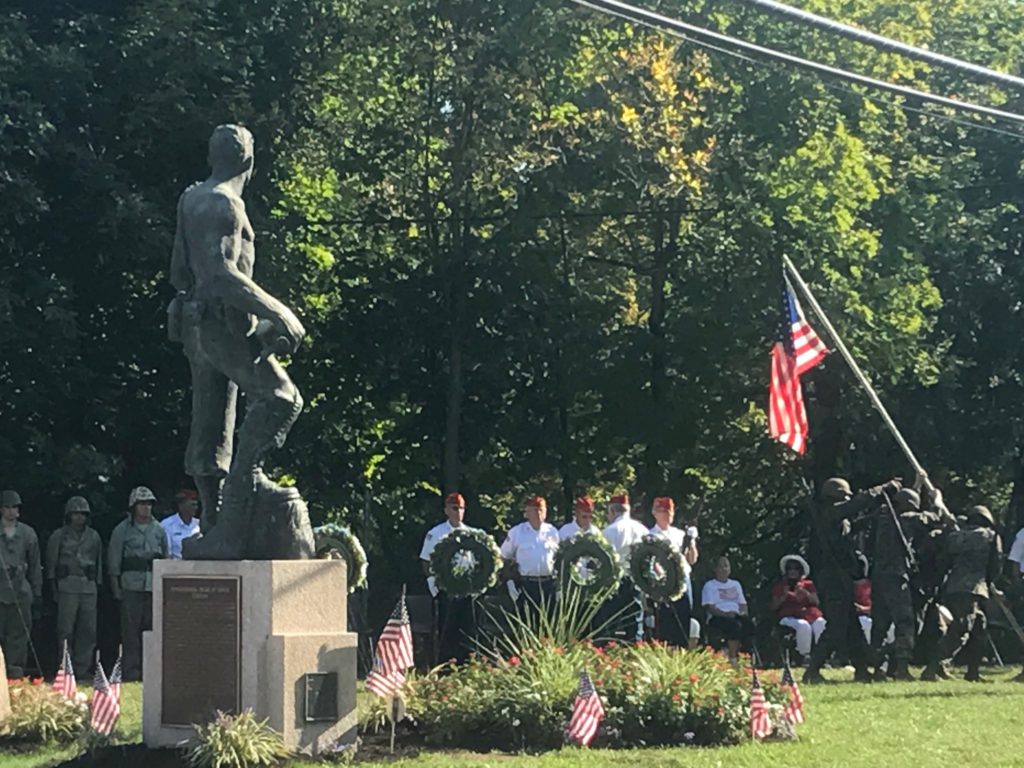
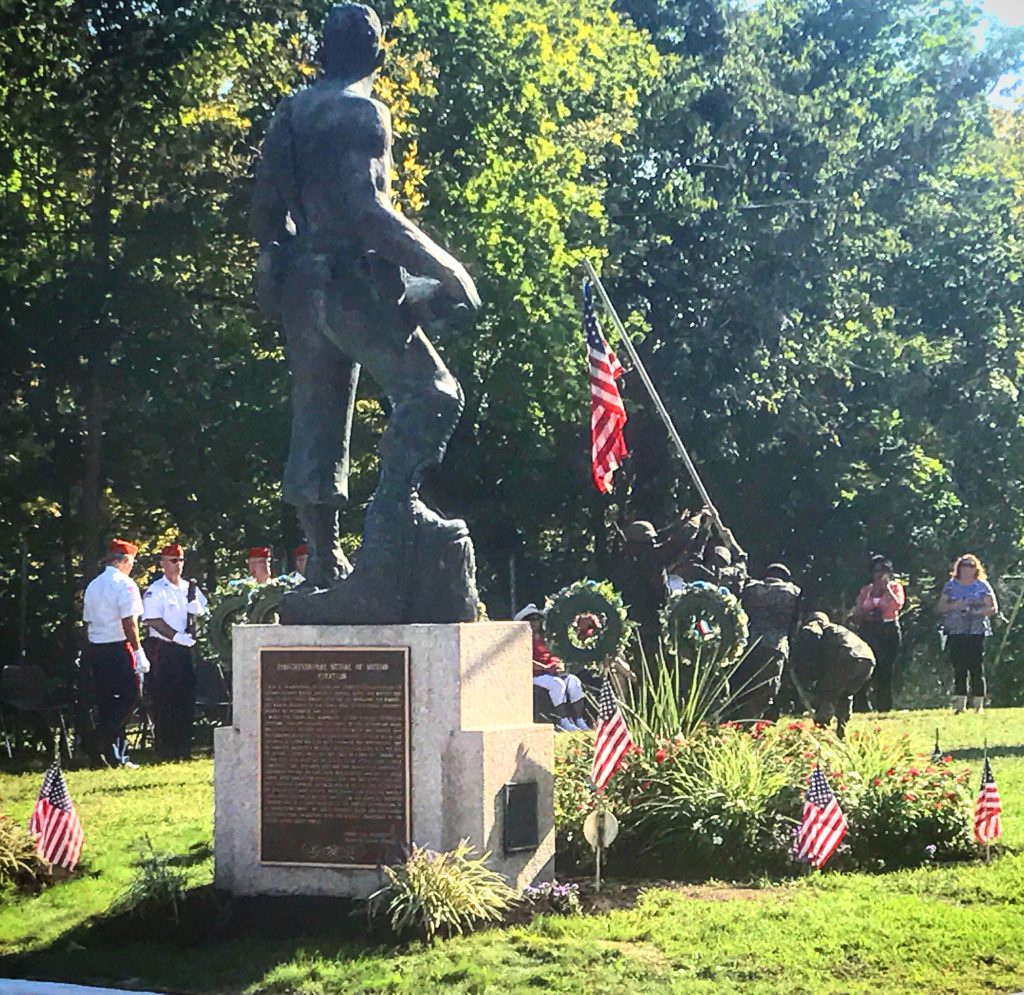
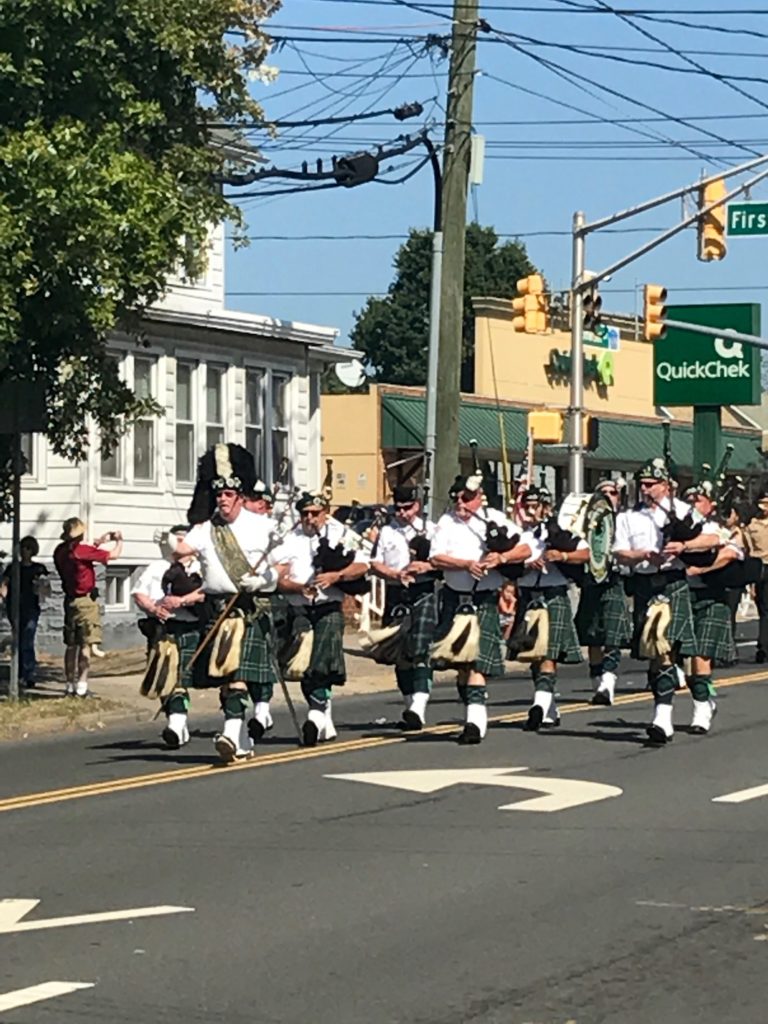
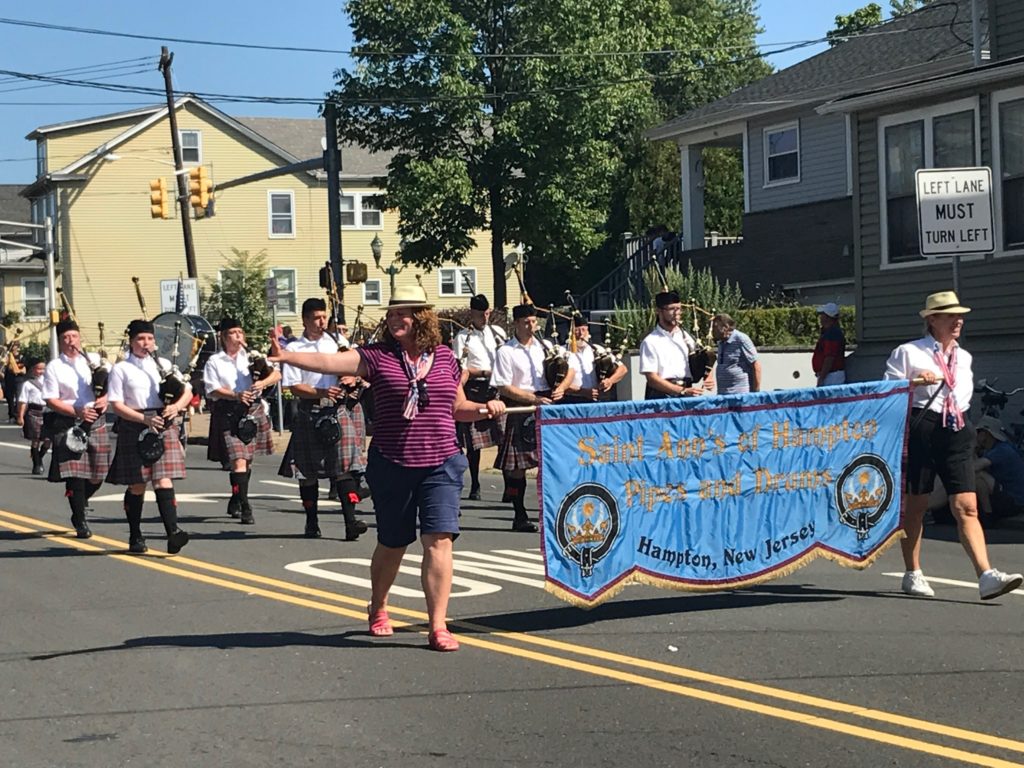
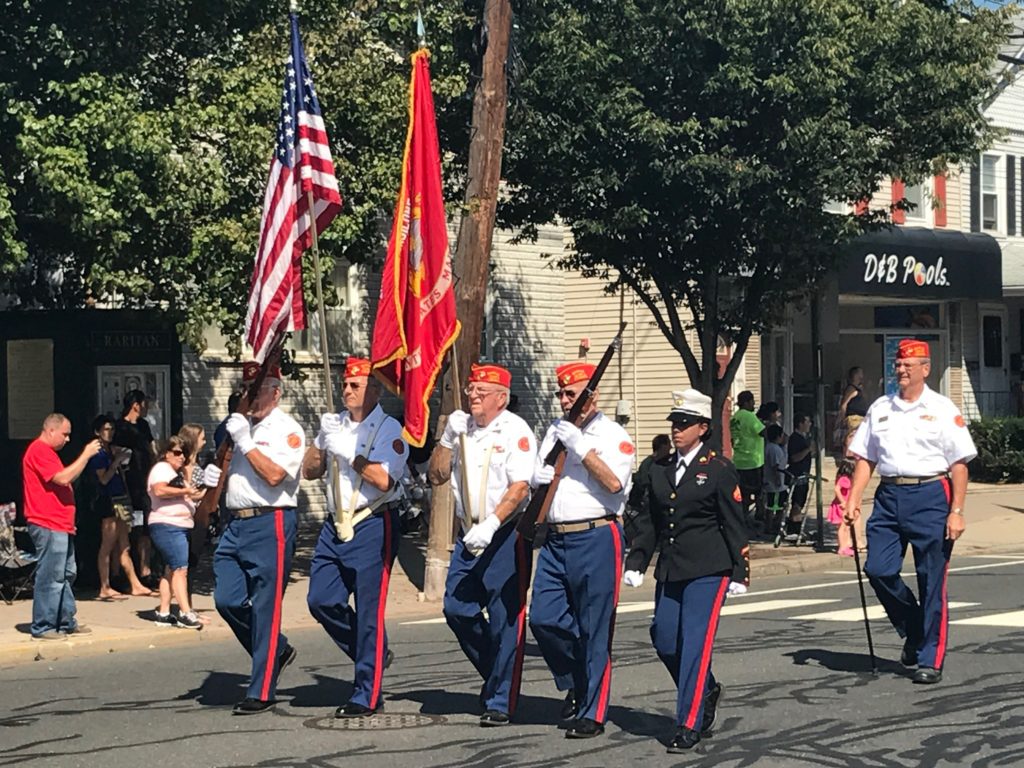
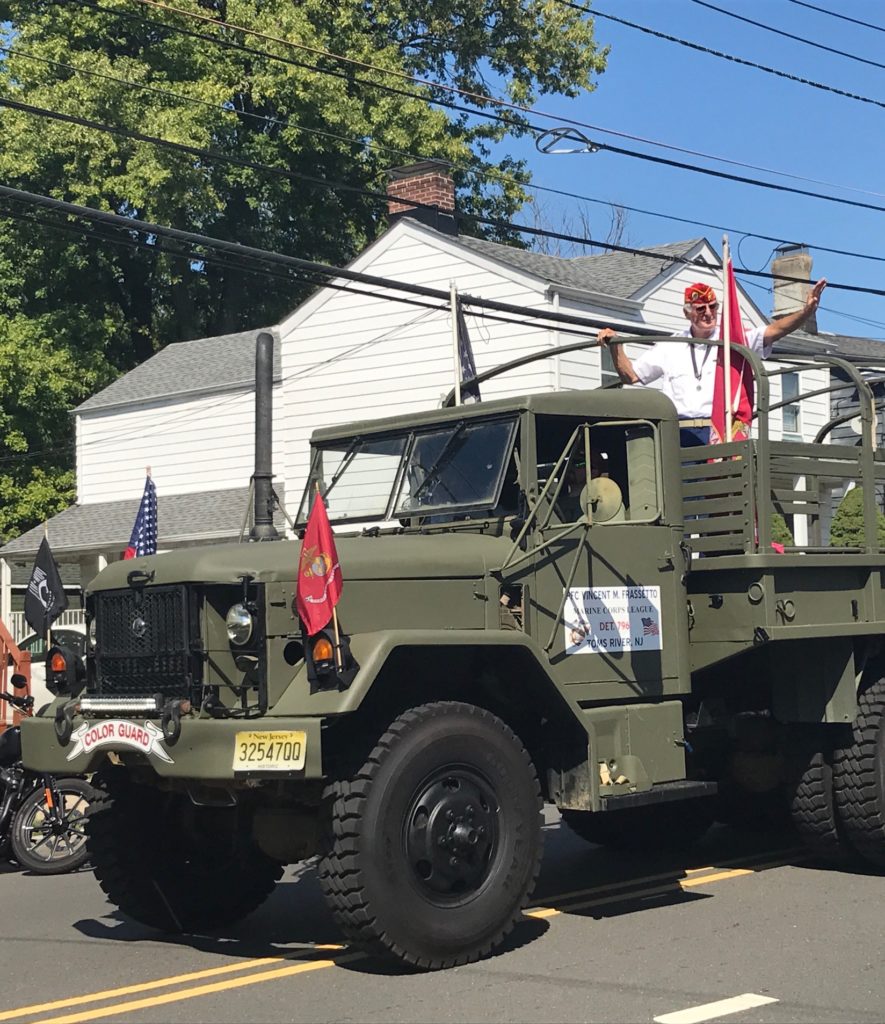
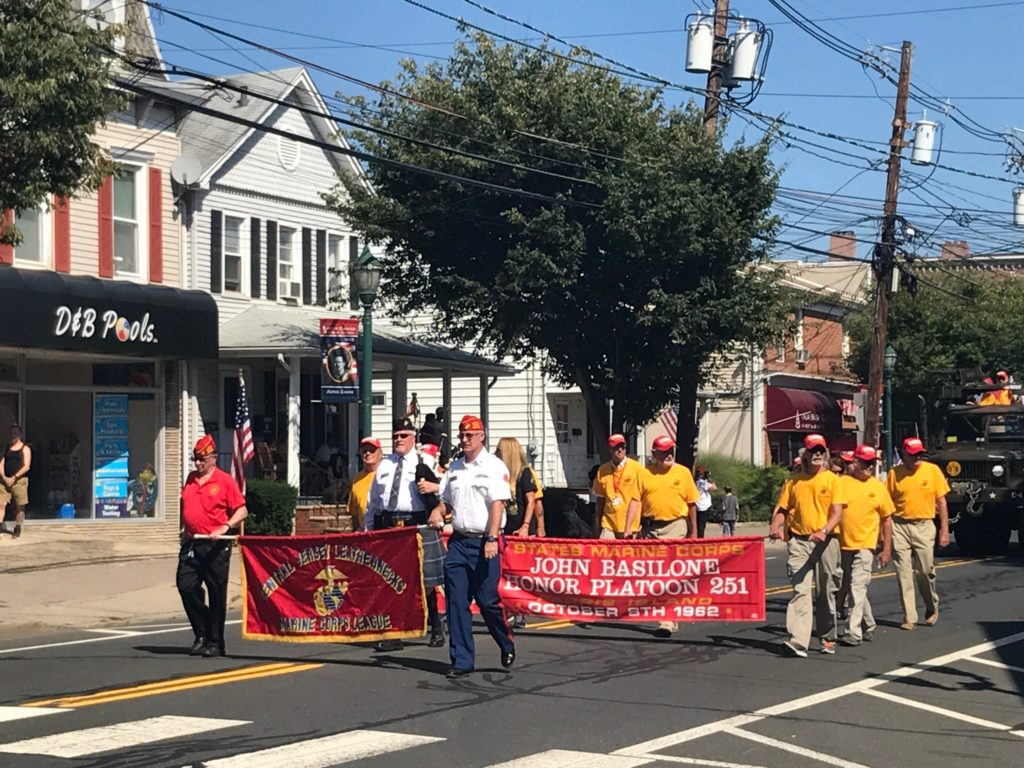
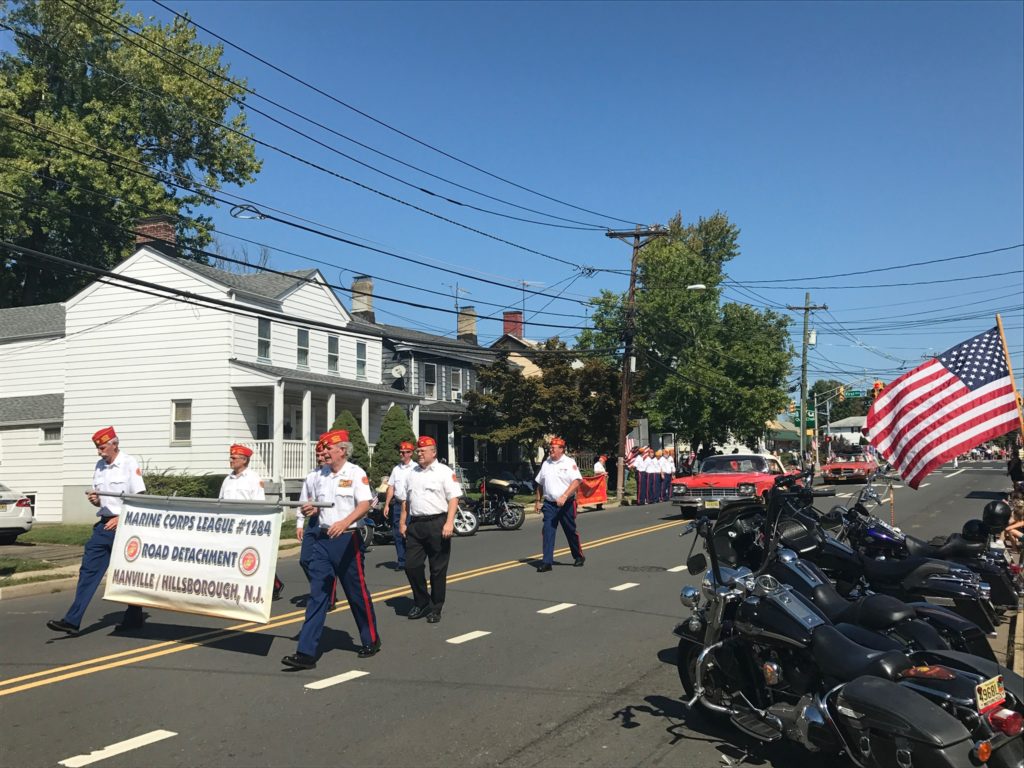
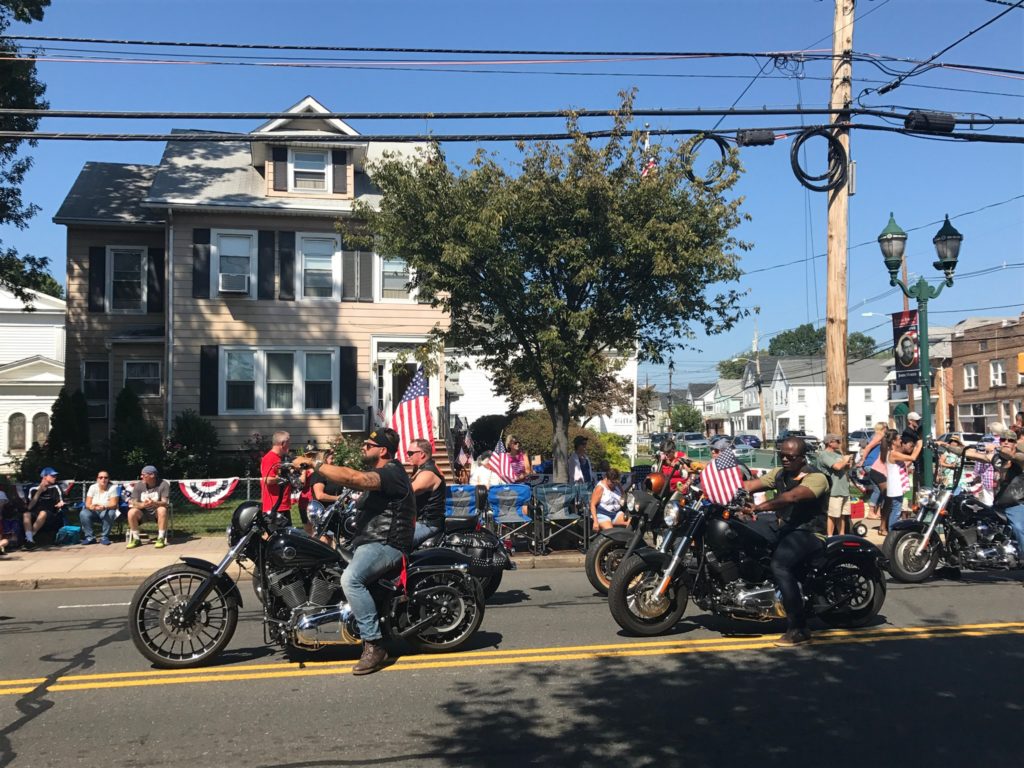
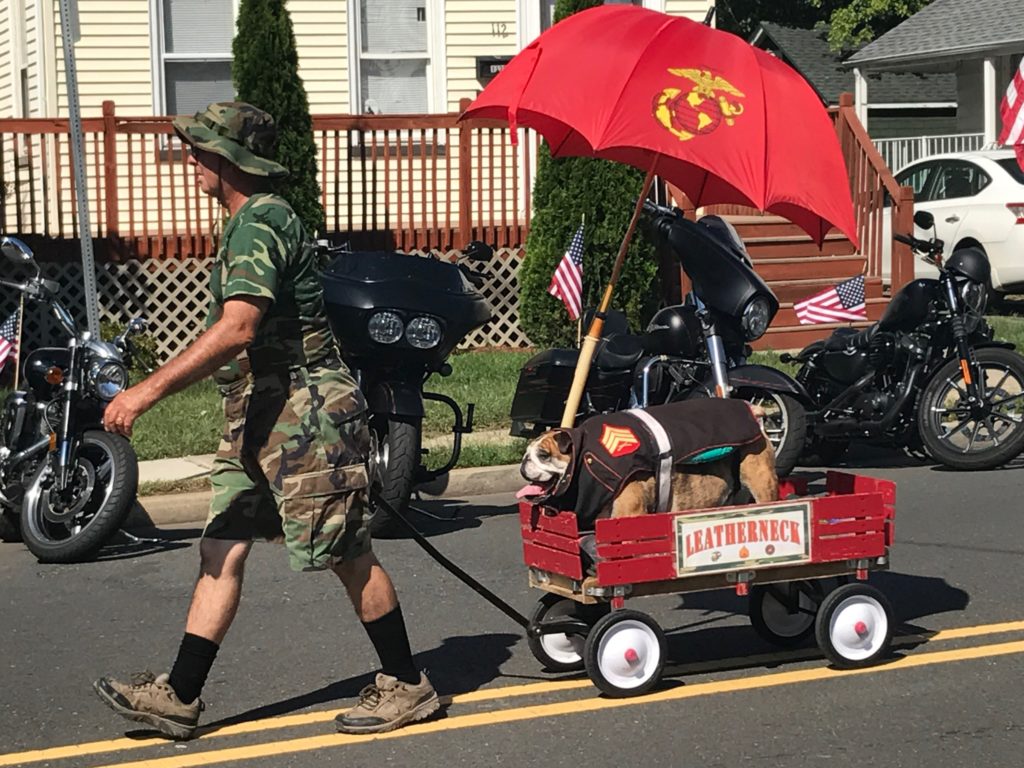
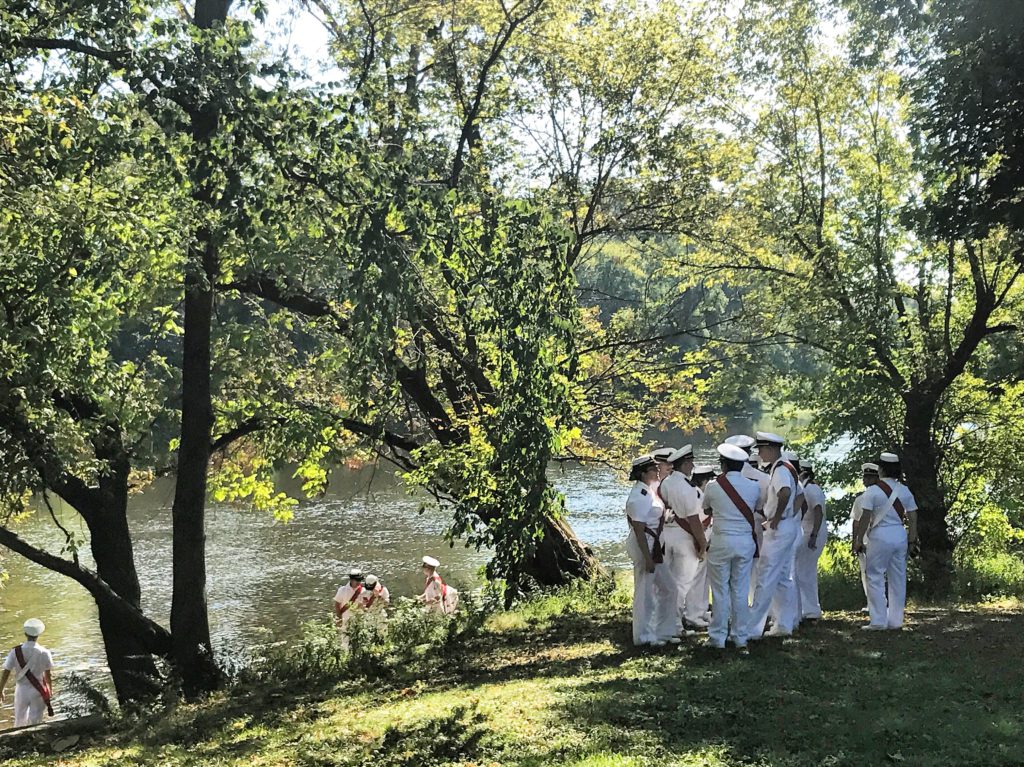
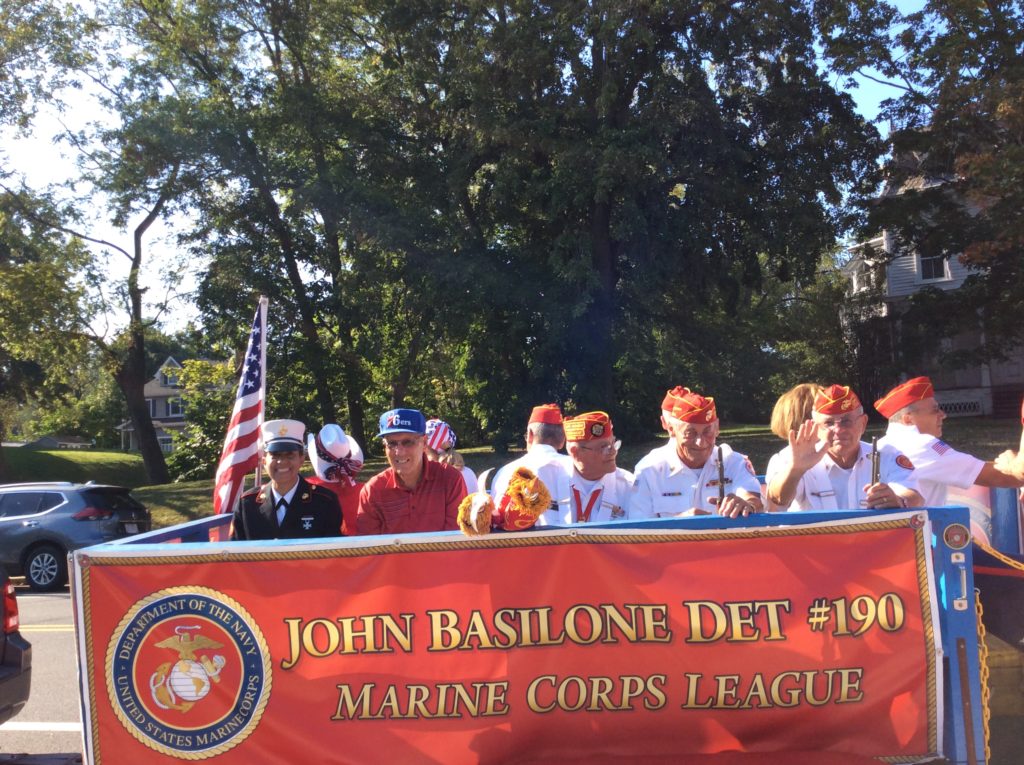
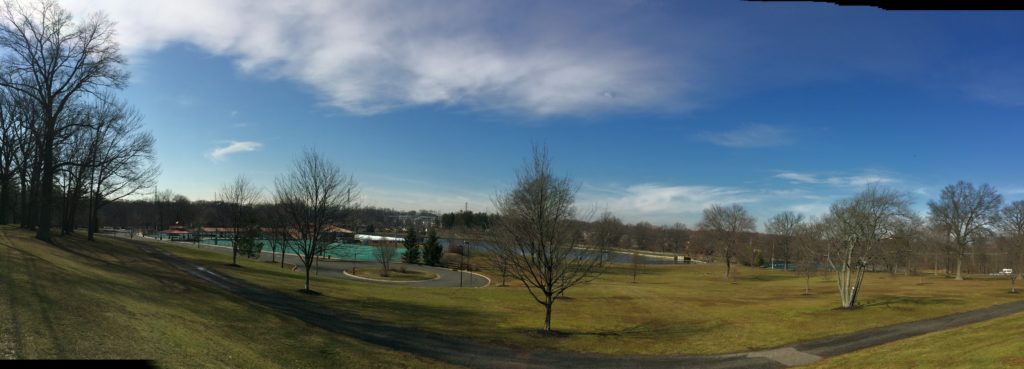 …[Jay Reilly] dared to go bending round his accustomed comfort zone when he was a business exchange student at OP Jindal University. The stalwart wiffle ball player…found himself at the literature festival in the heart of the Pink City of Jaipur one weekend afternoon. Ducking into a matinee, he met “my Aishyrwara” from the Goa seaside and visual poetry became a permanent part of his life.
…[Jay Reilly] dared to go bending round his accustomed comfort zone when he was a business exchange student at OP Jindal University. The stalwart wiffle ball player…found himself at the literature festival in the heart of the Pink City of Jaipur one weekend afternoon. Ducking into a matinee, he met “my Aishyrwara” from the Goa seaside and visual poetry became a permanent part of his life.